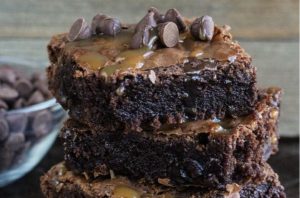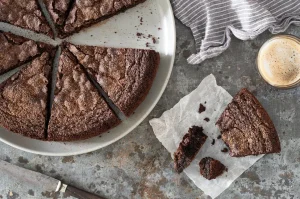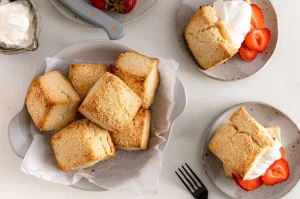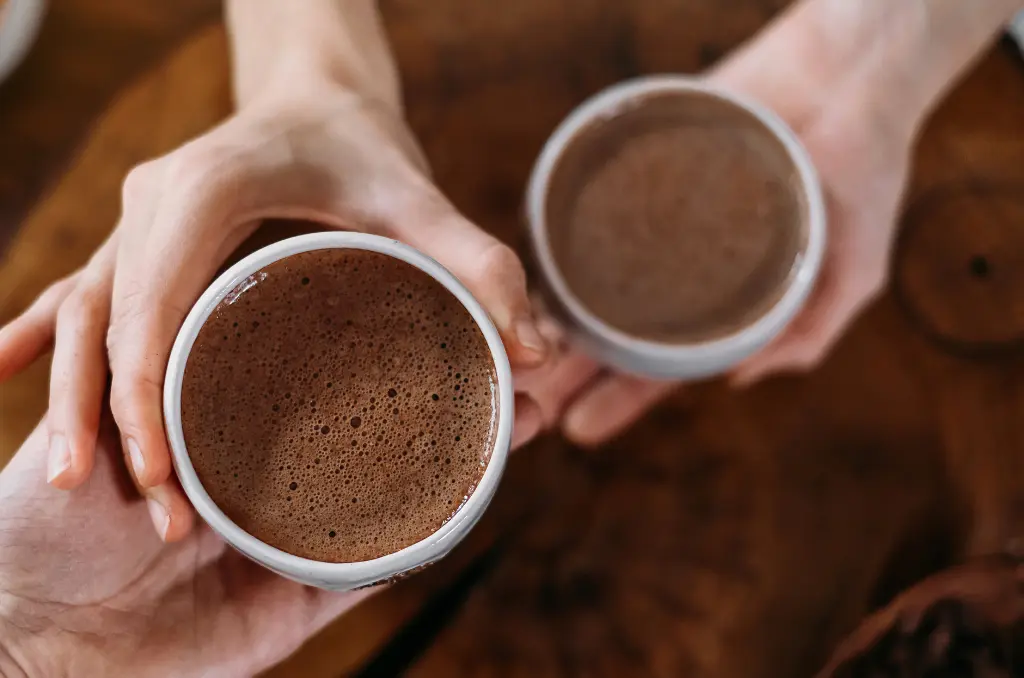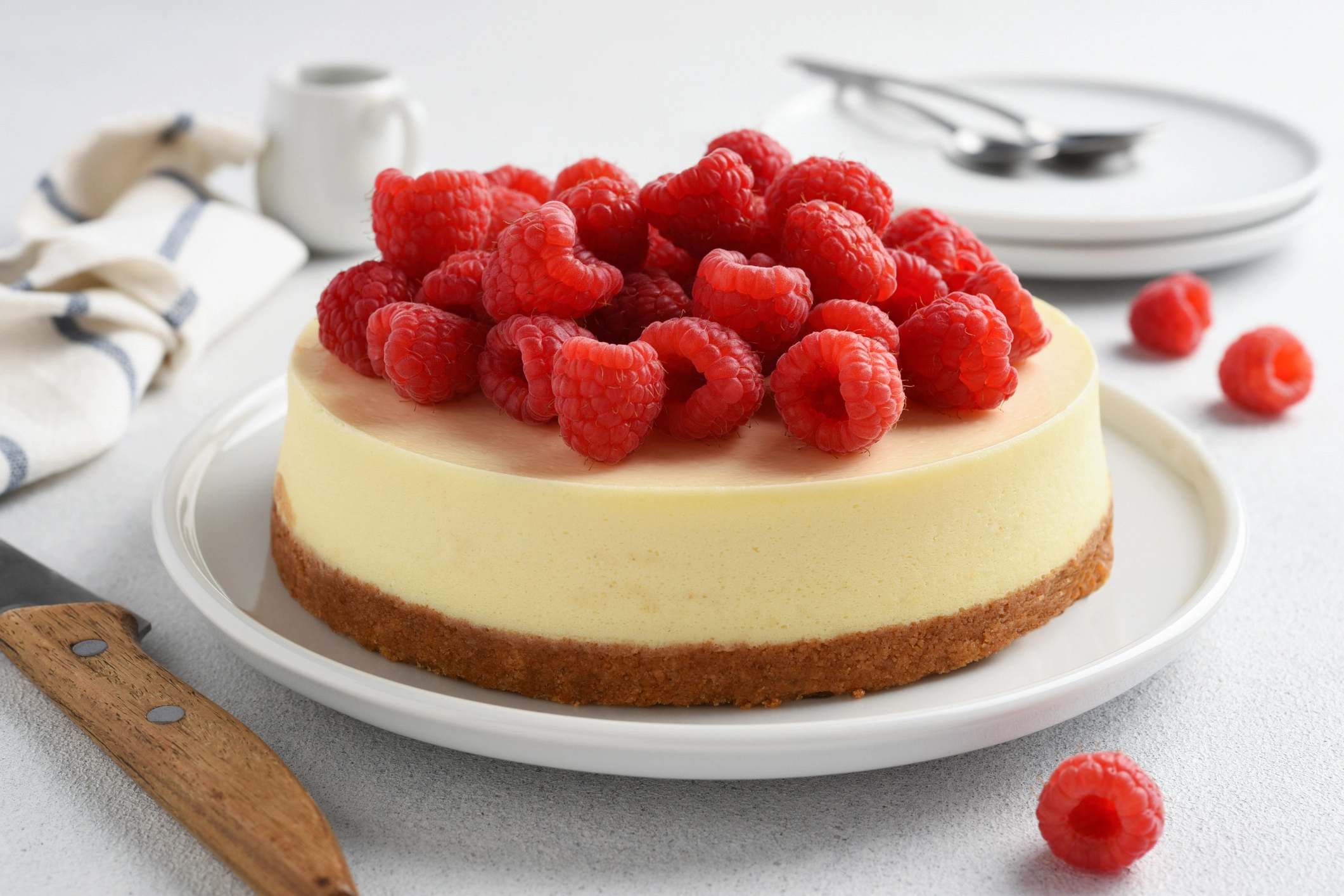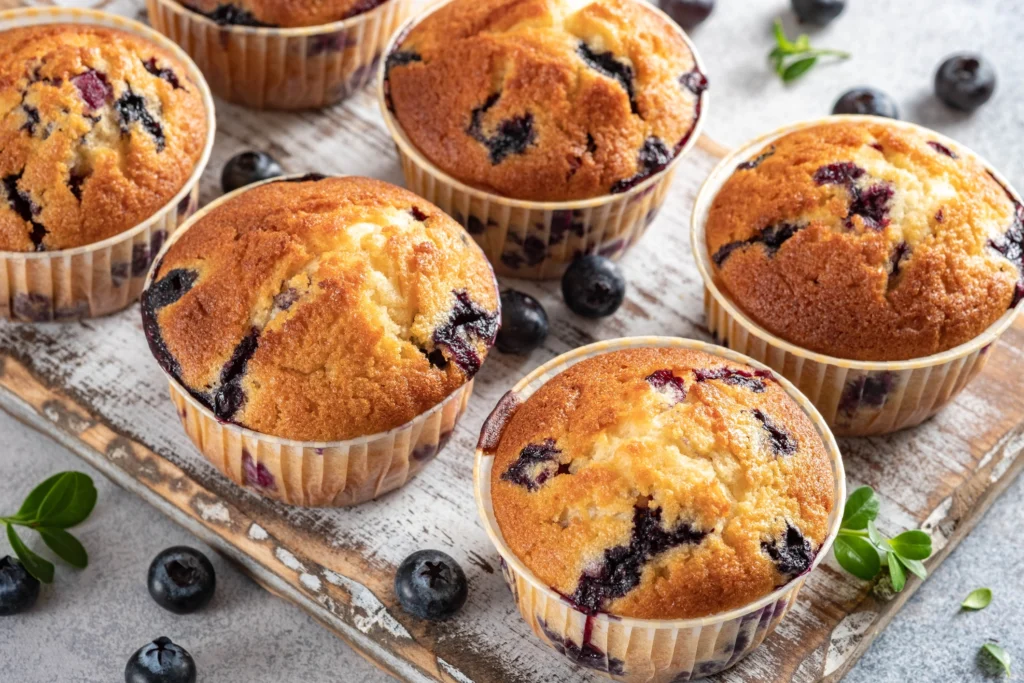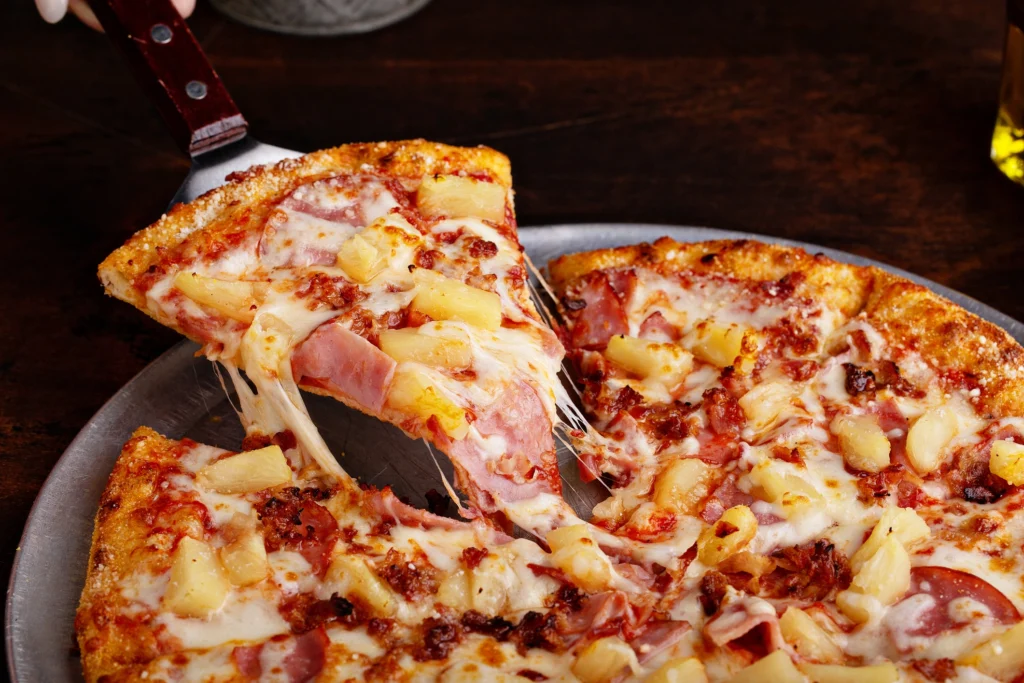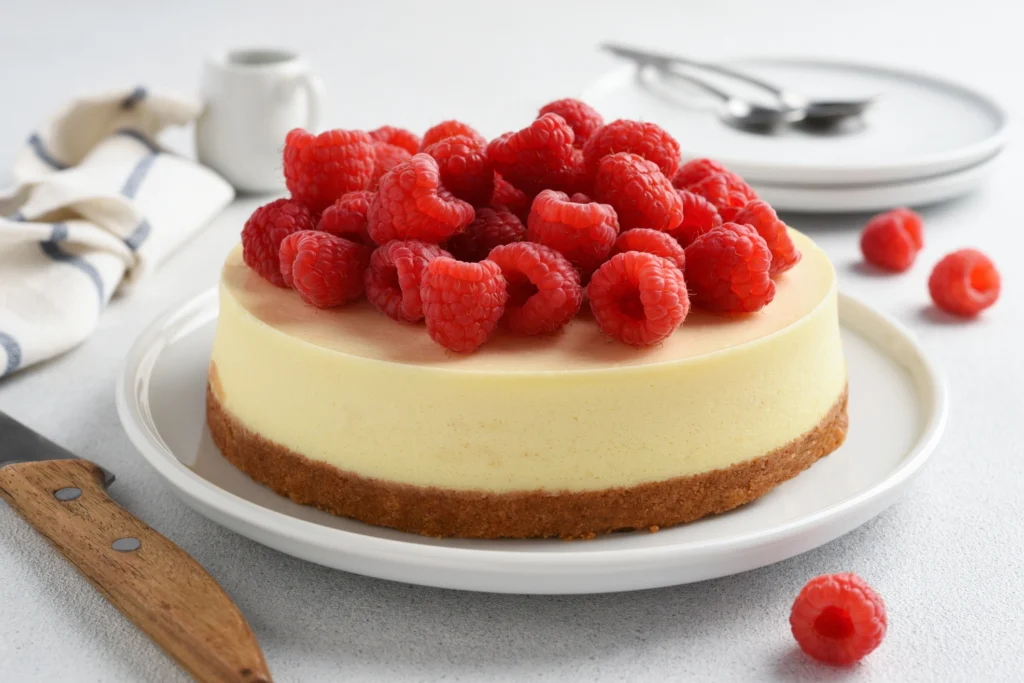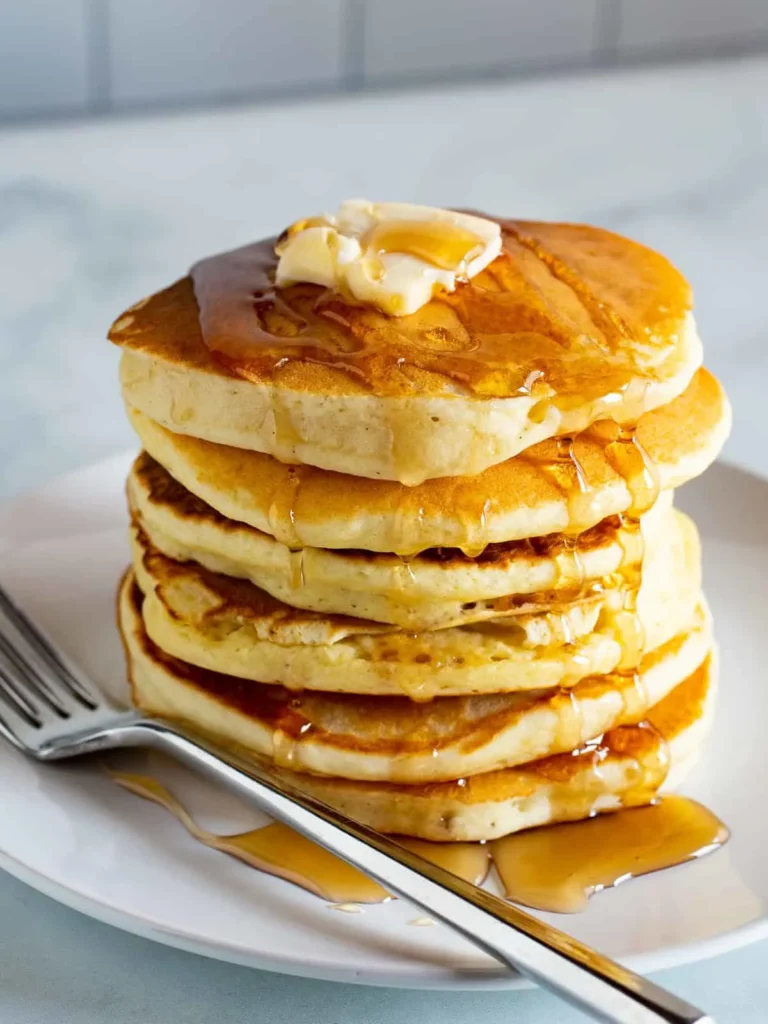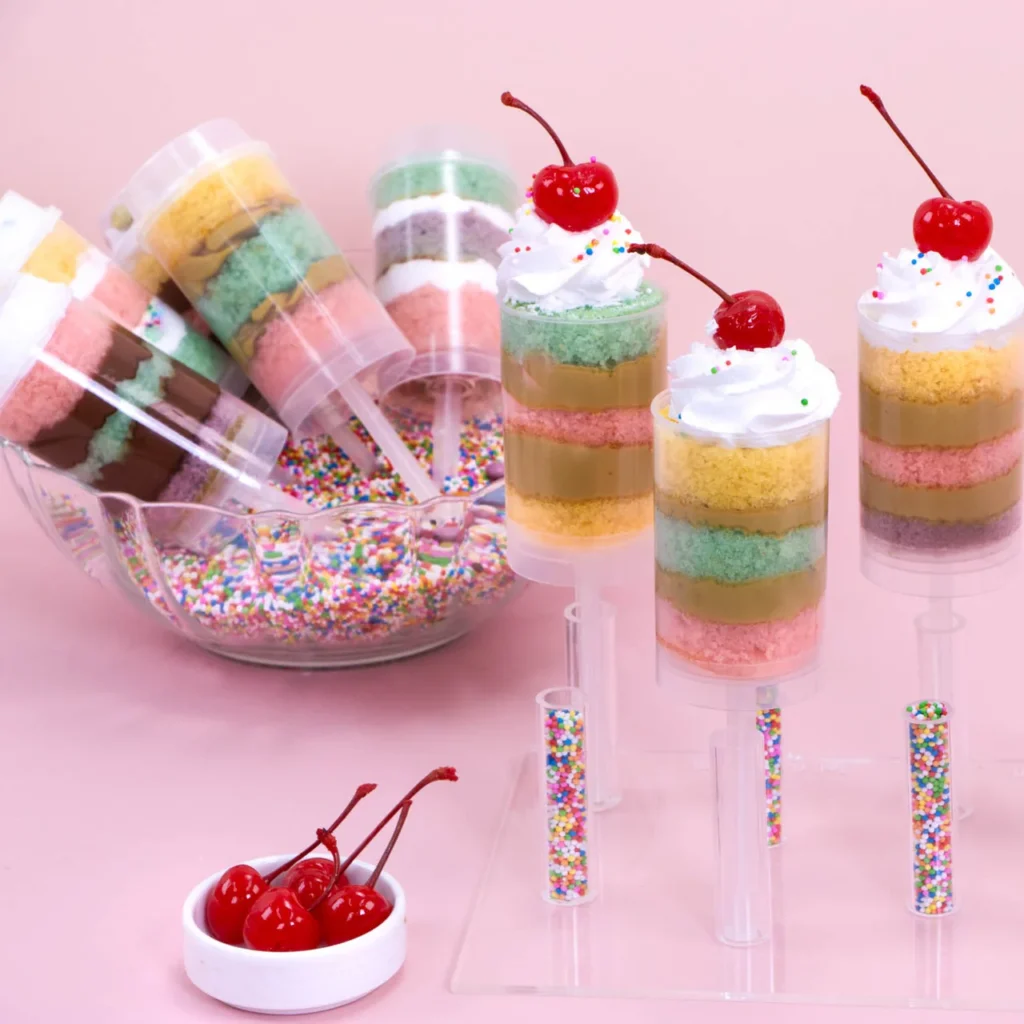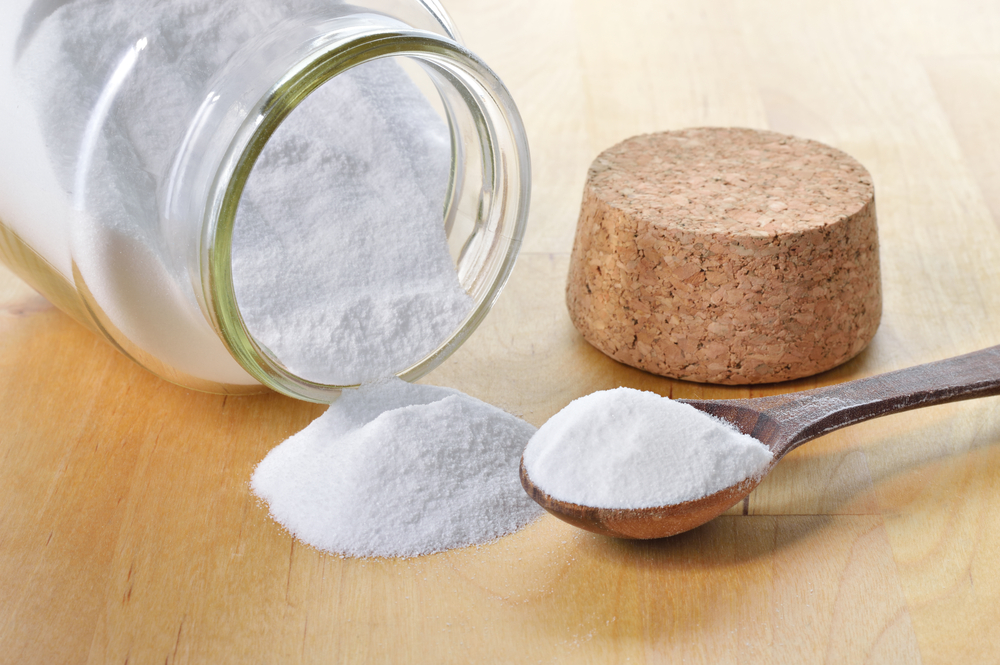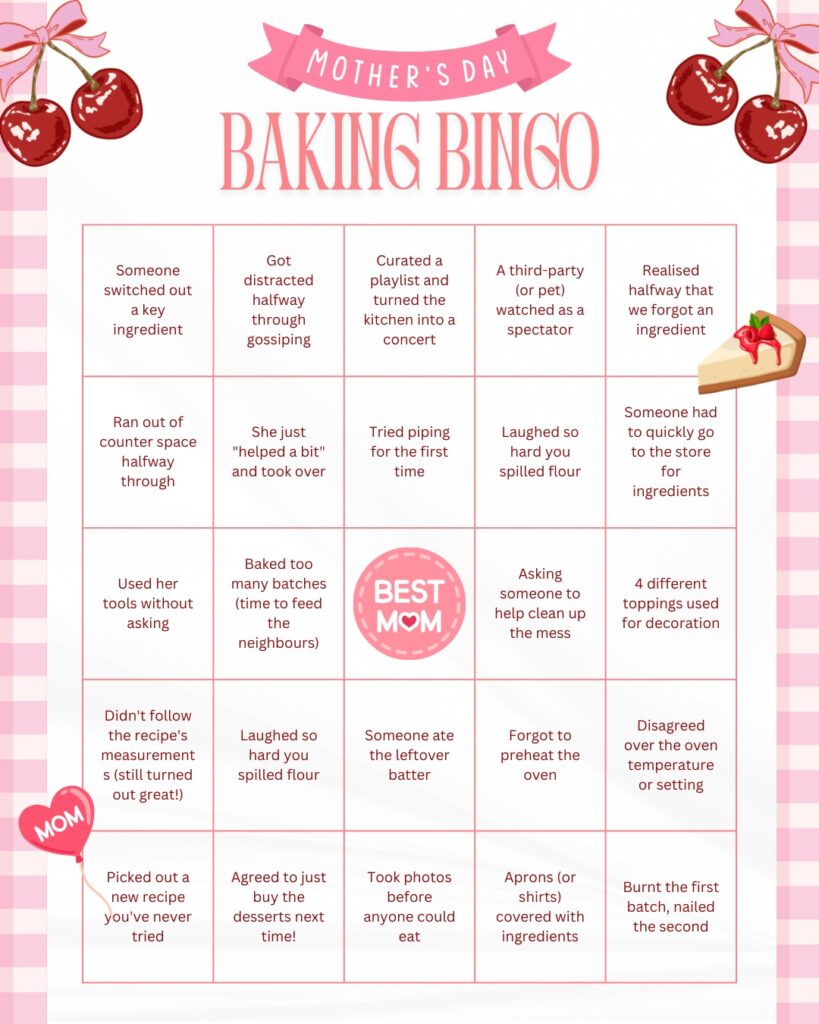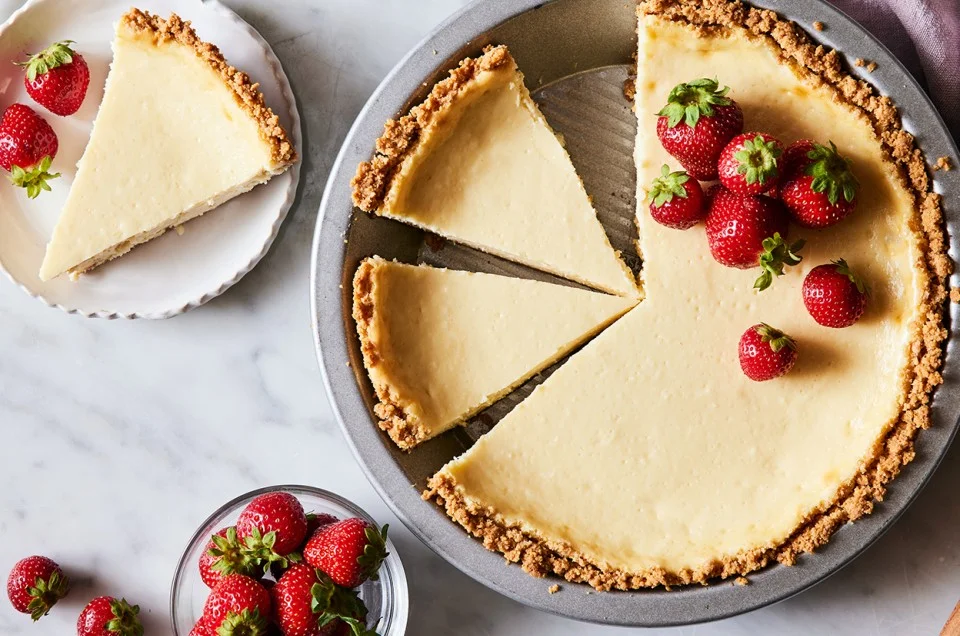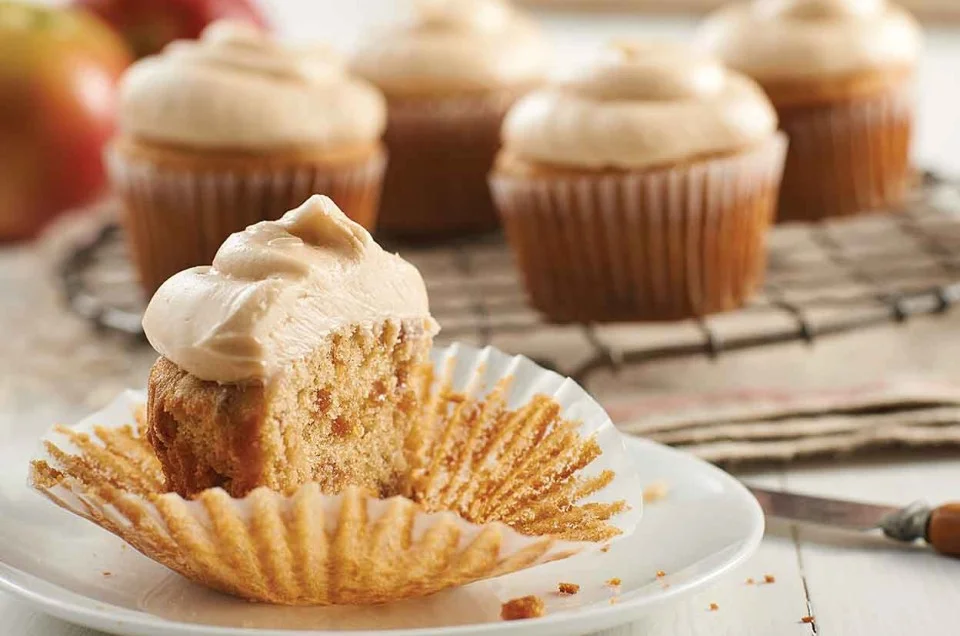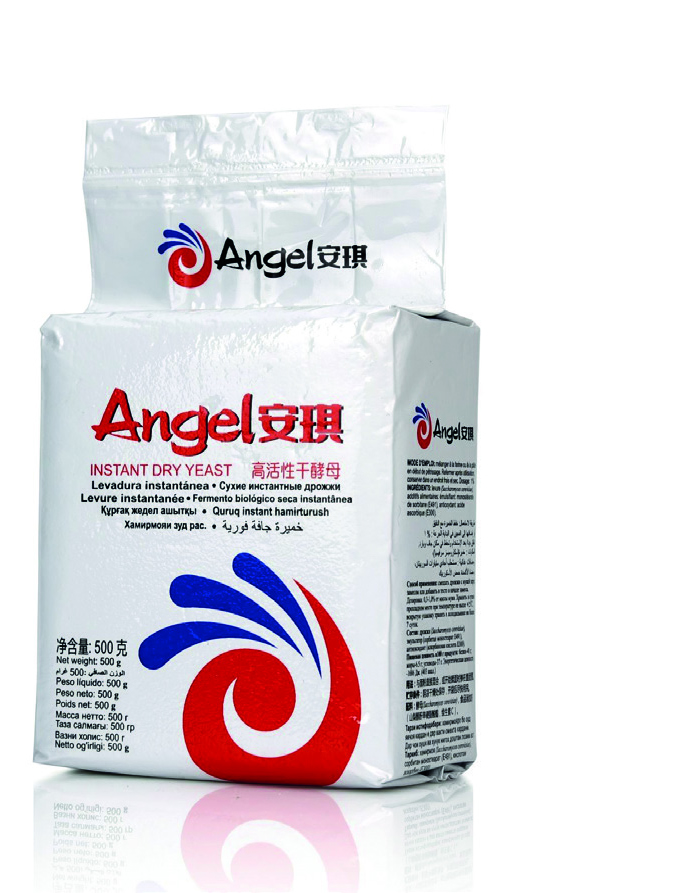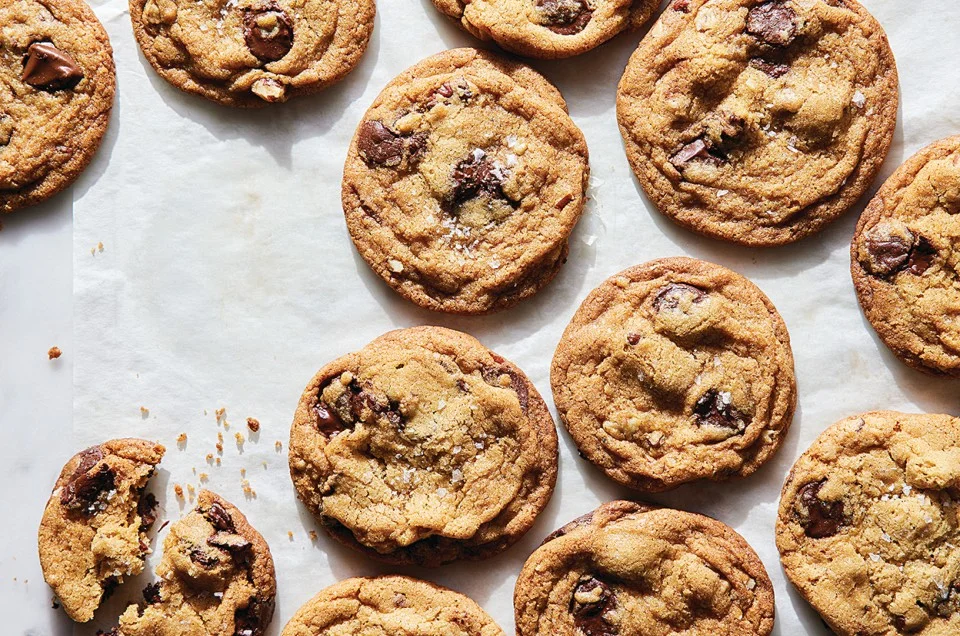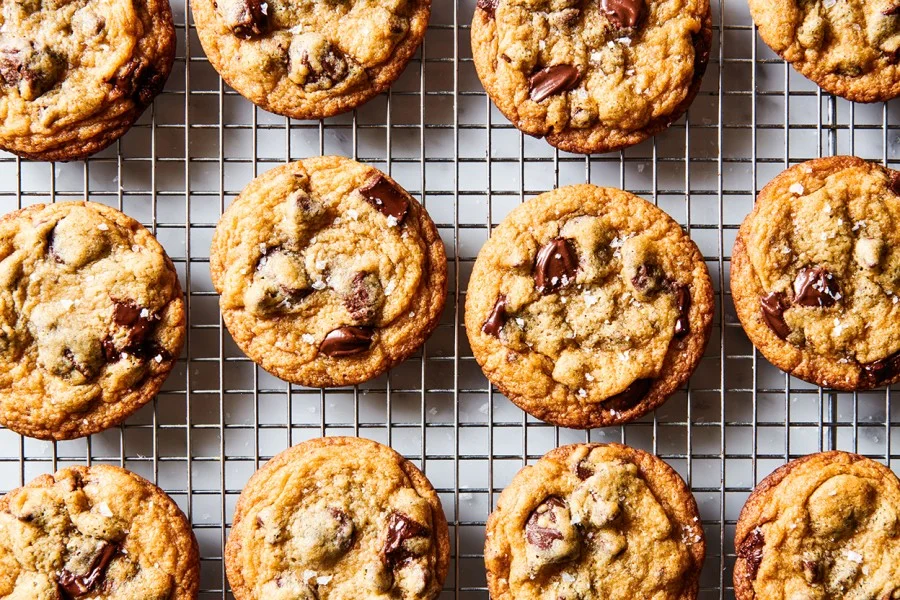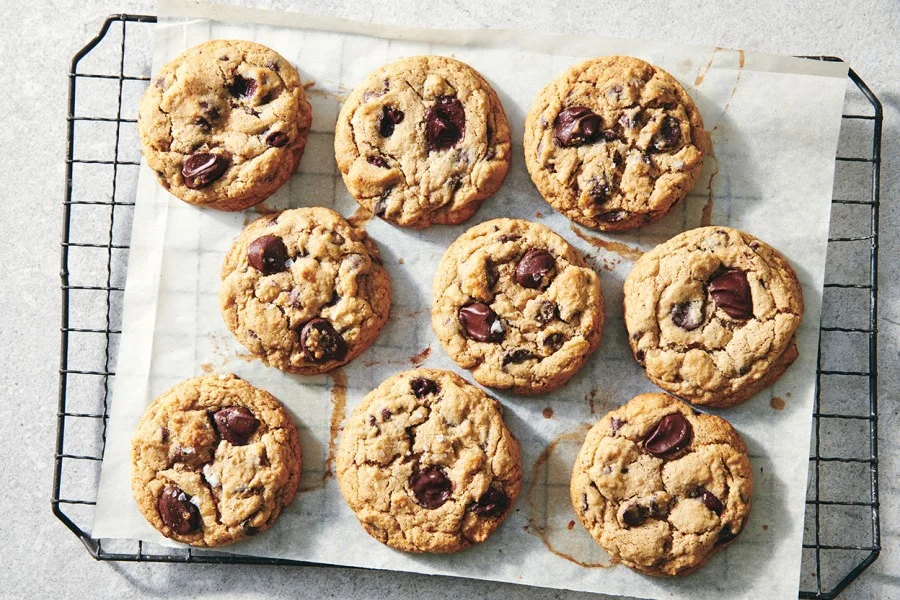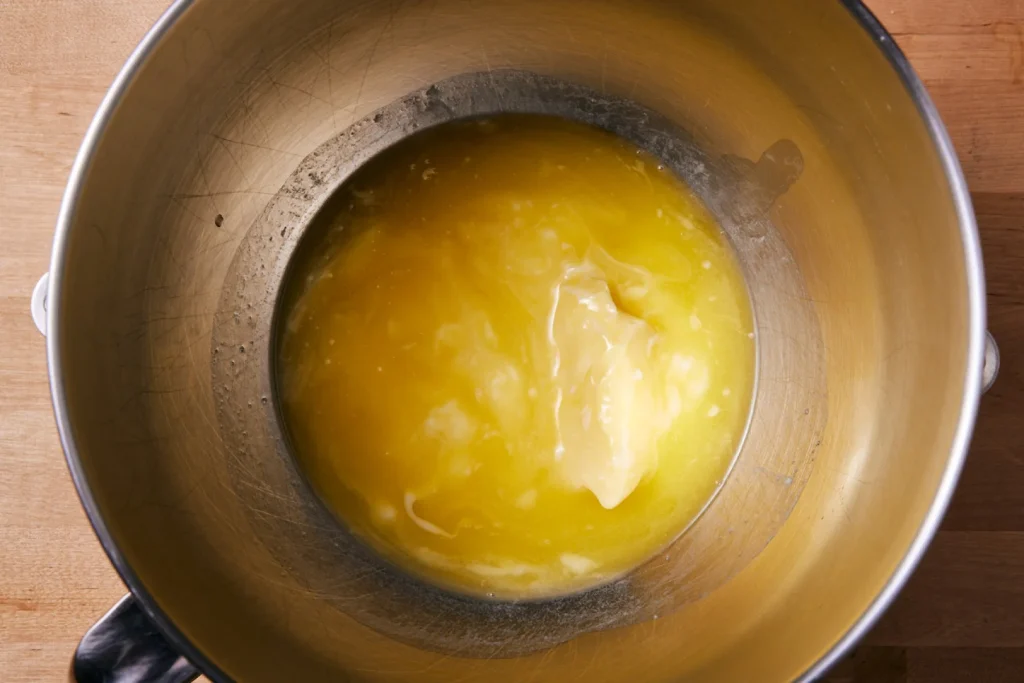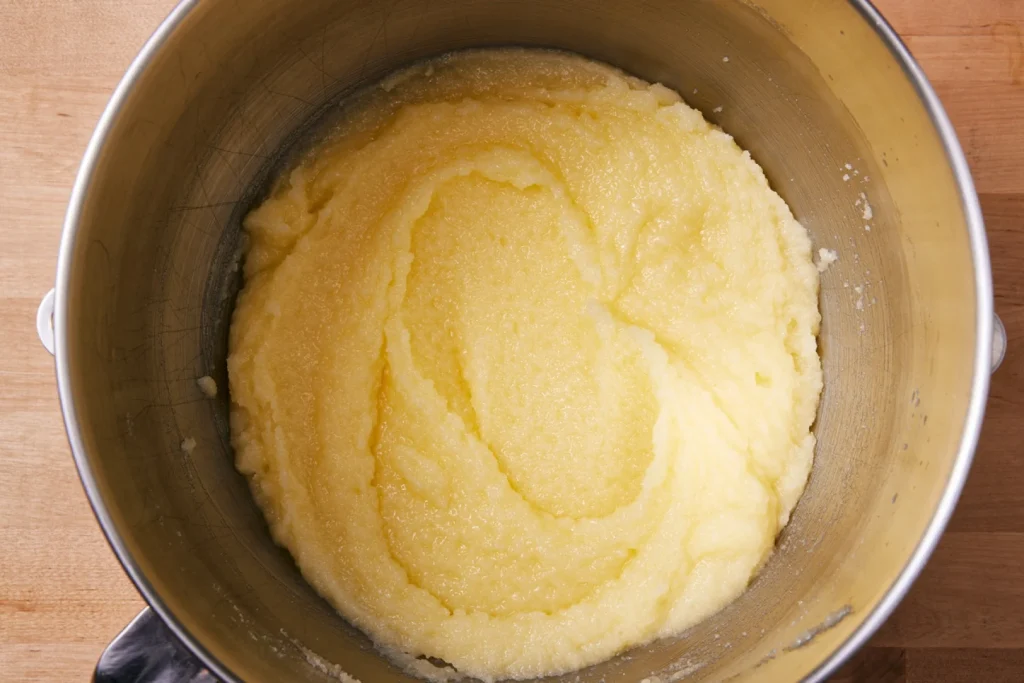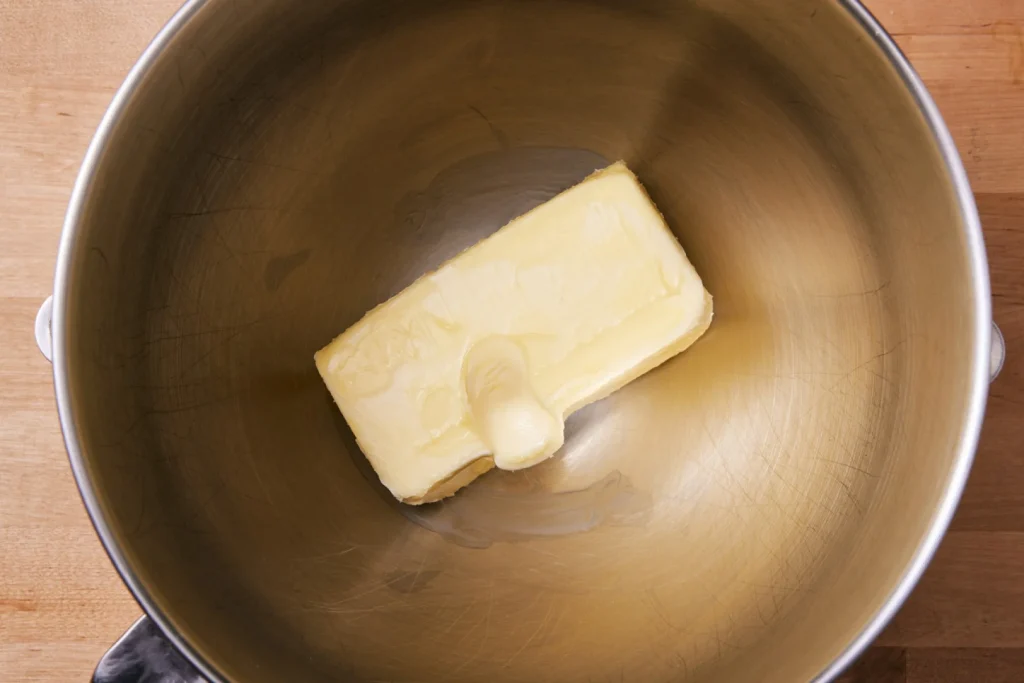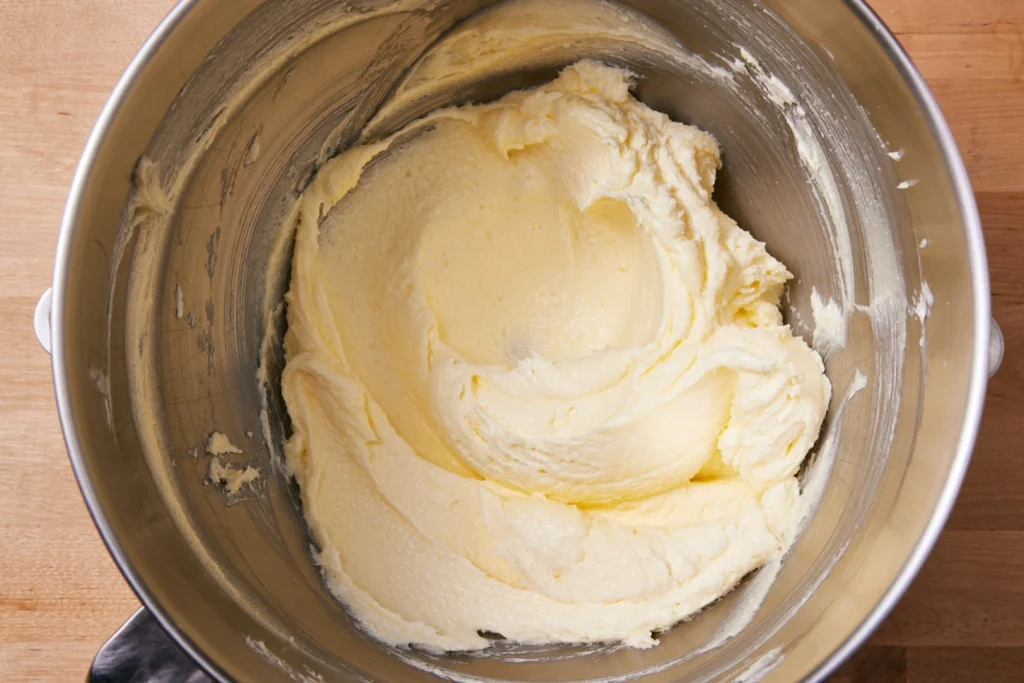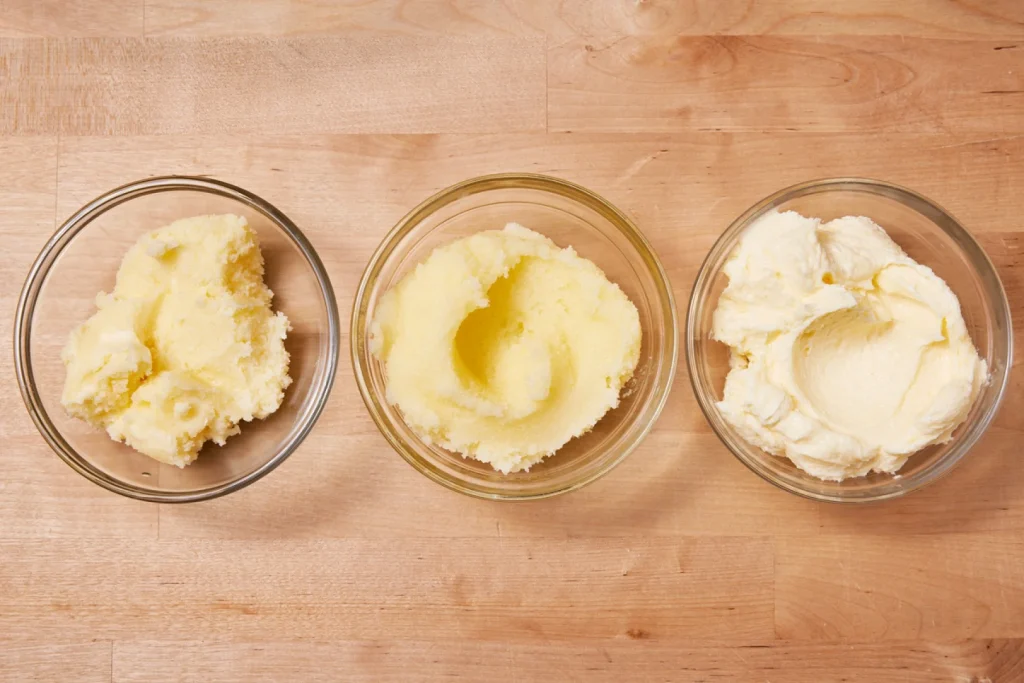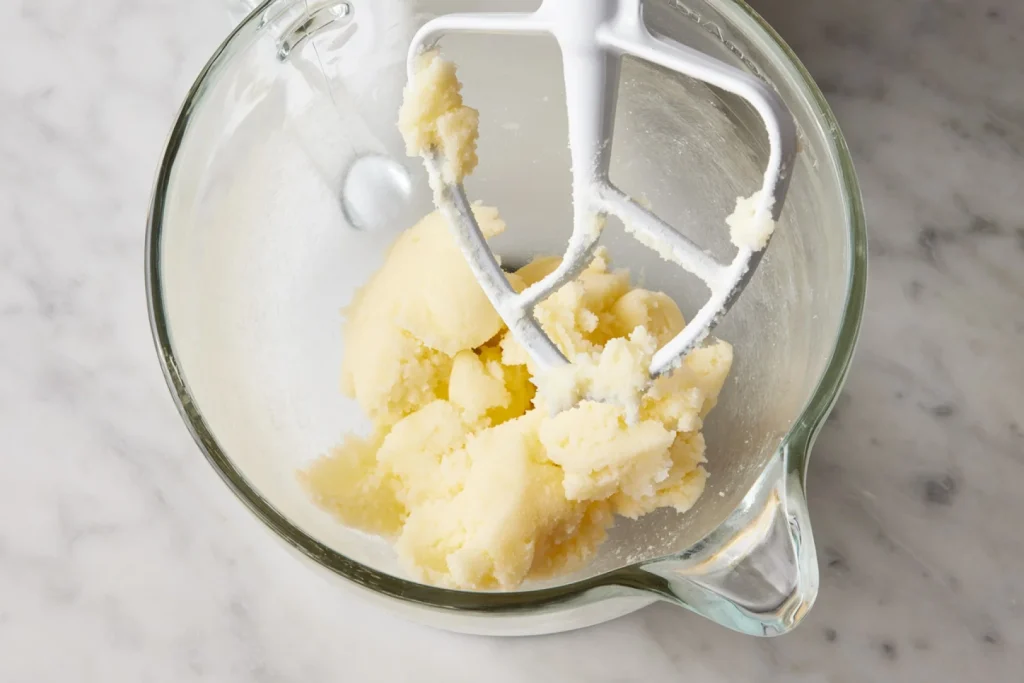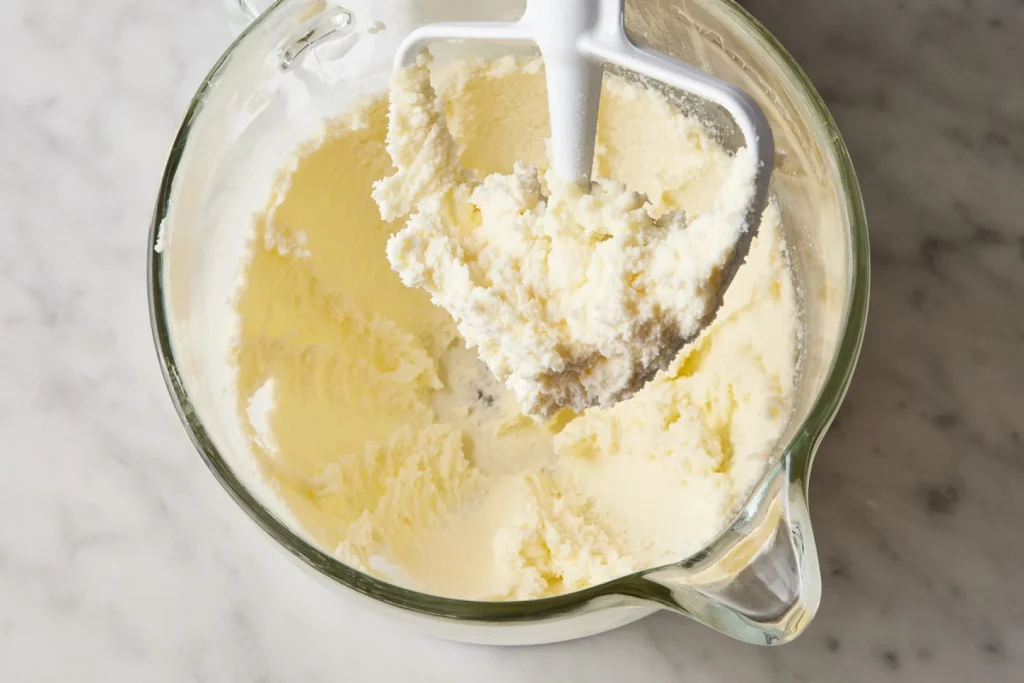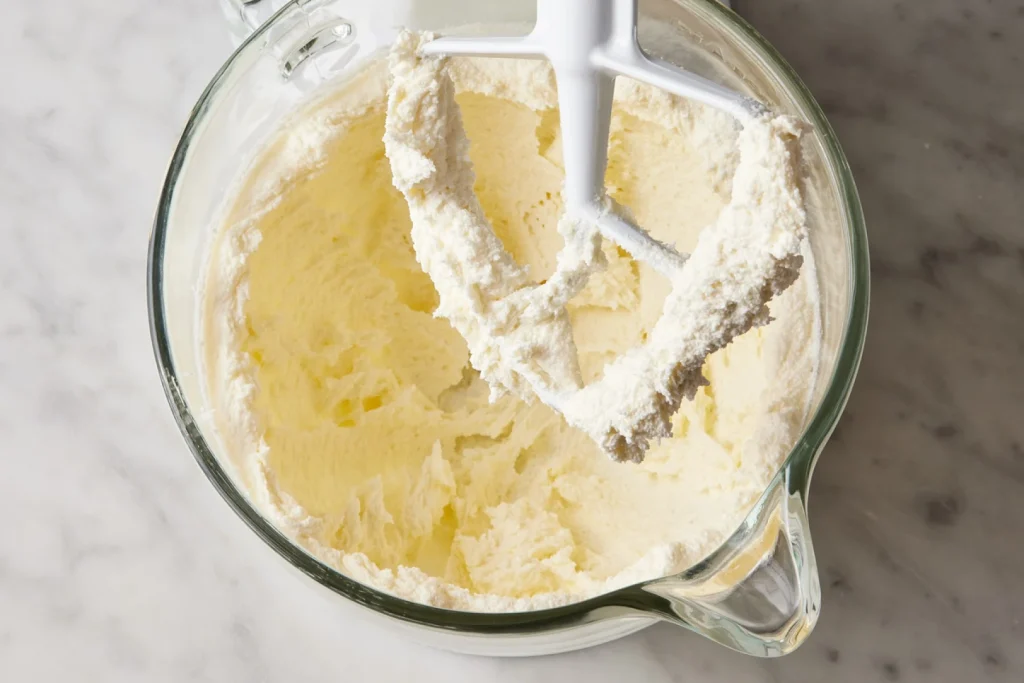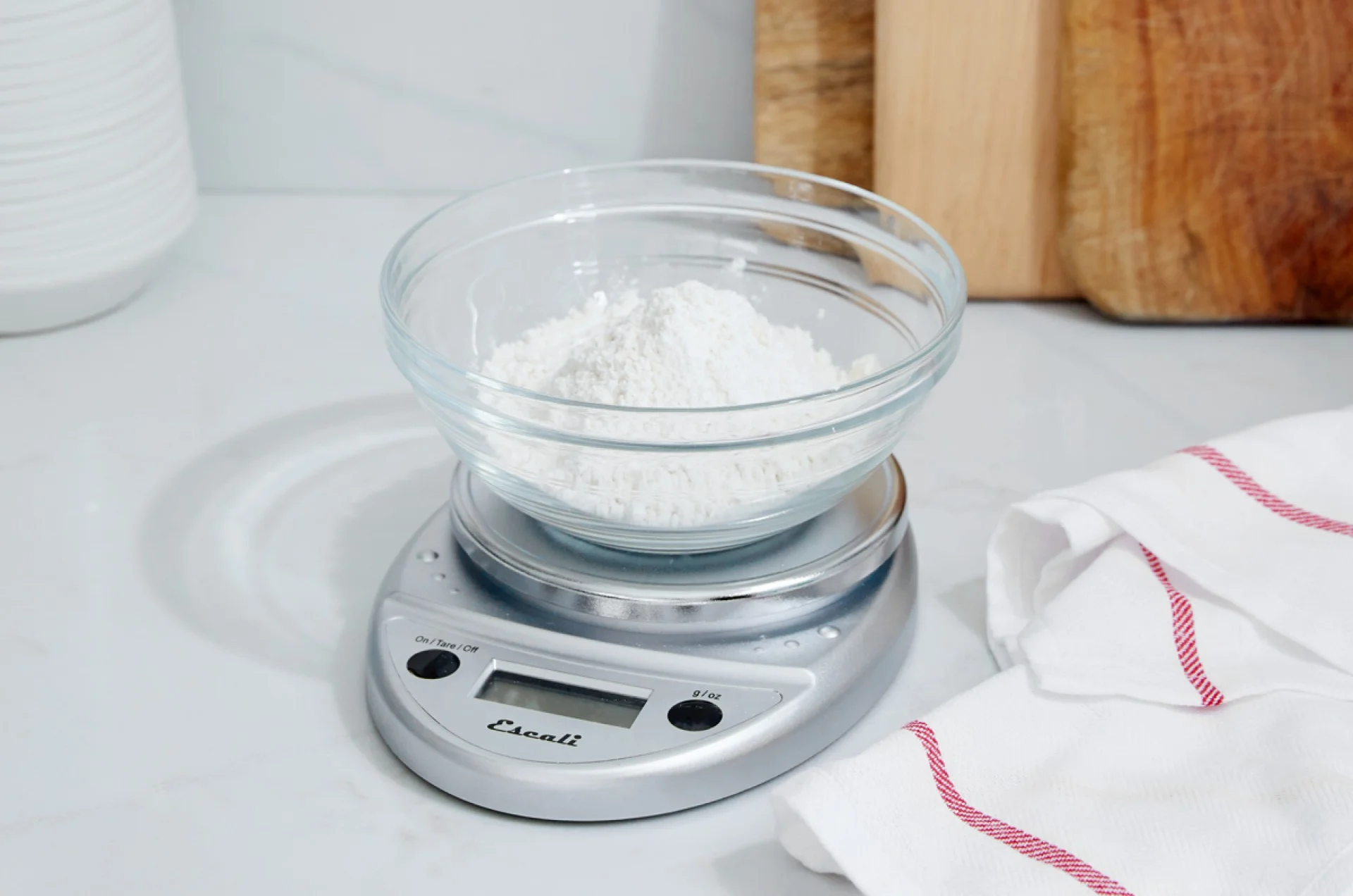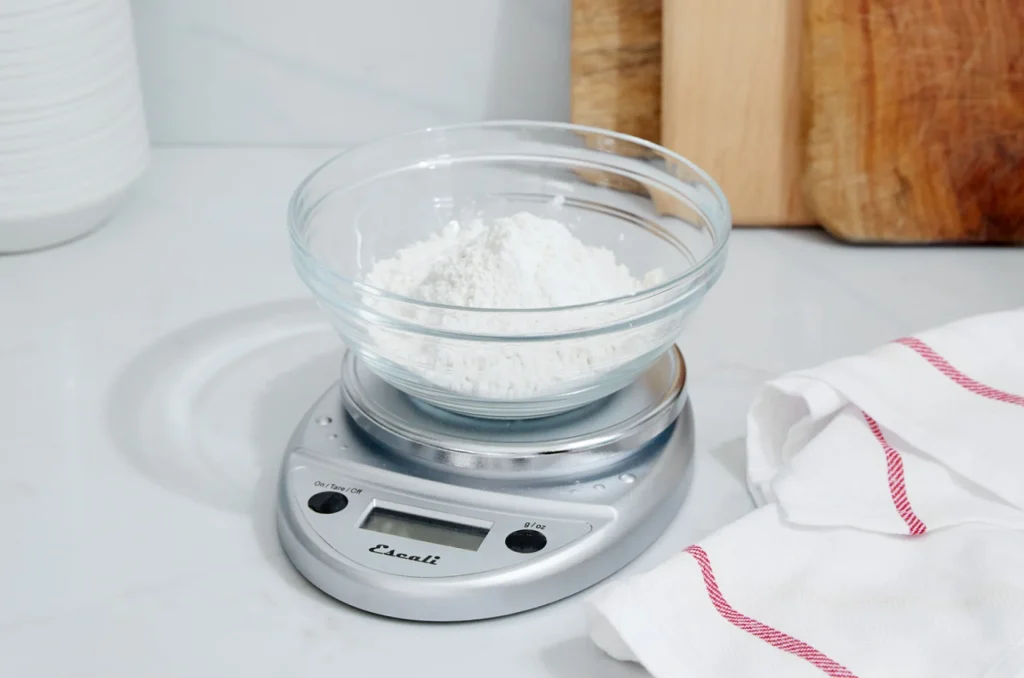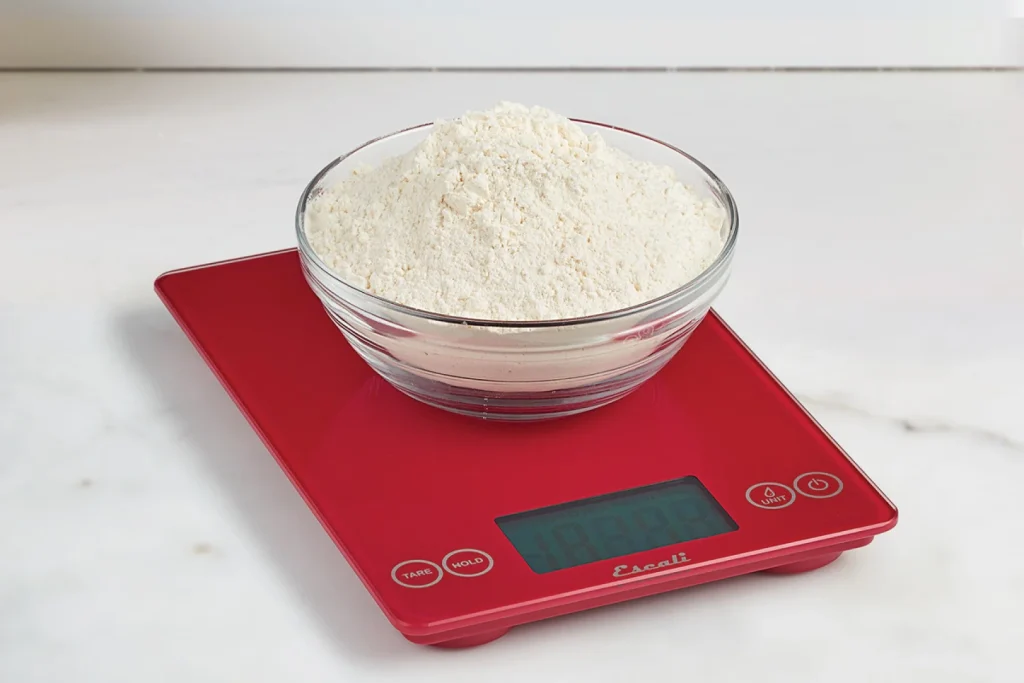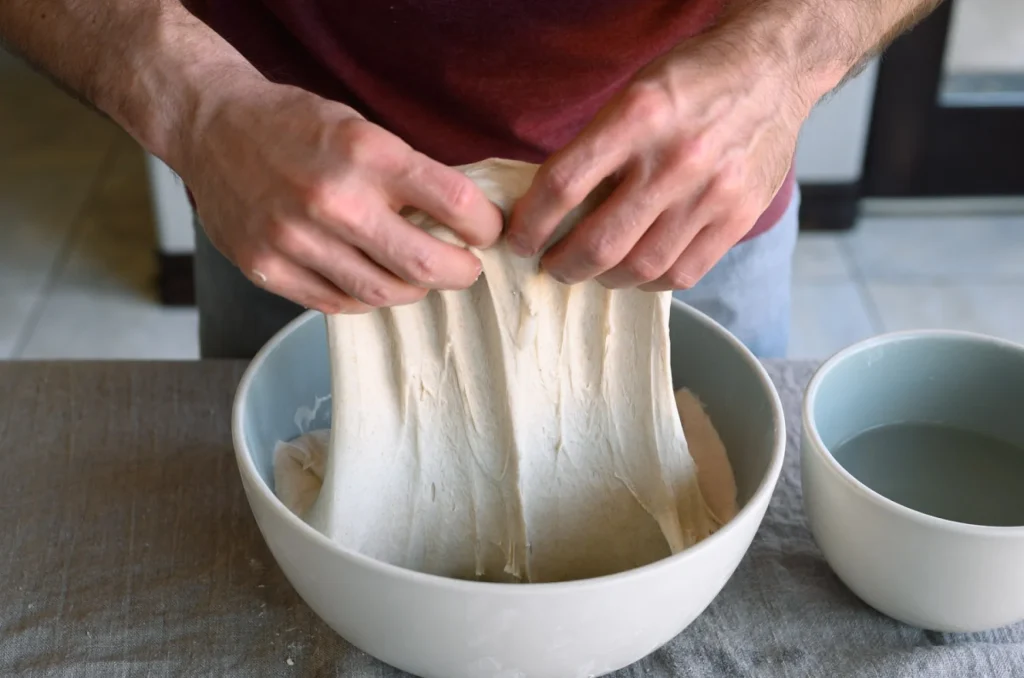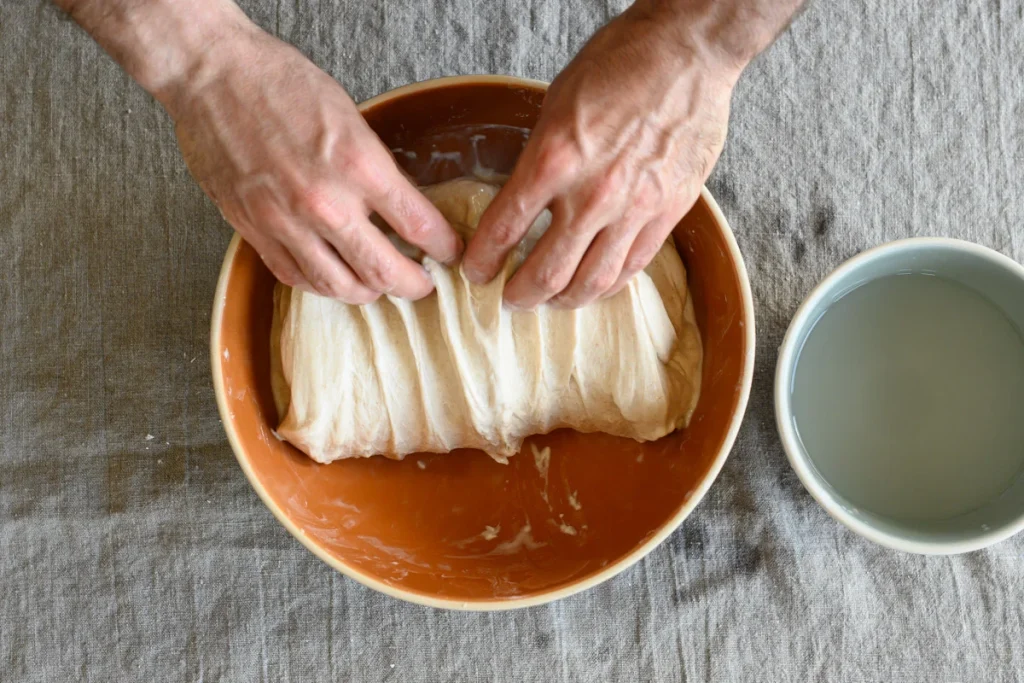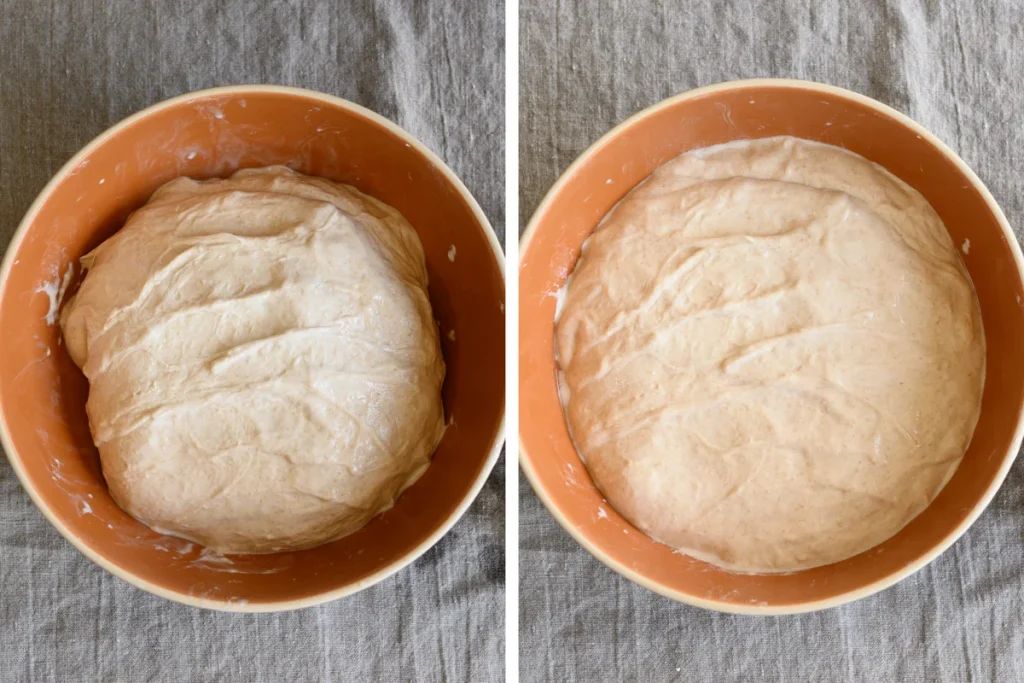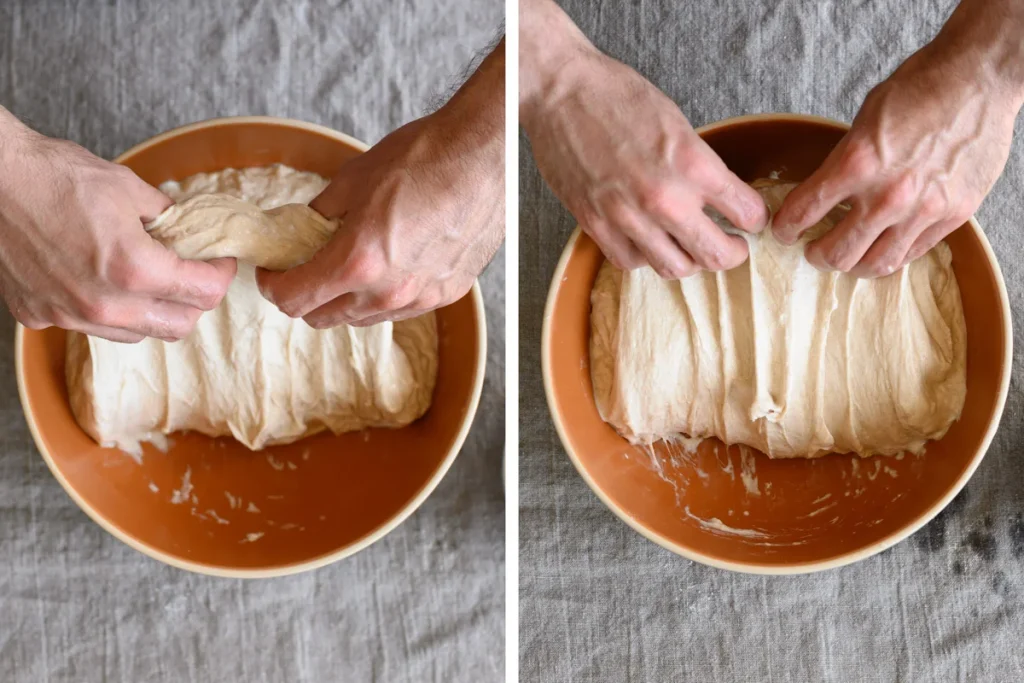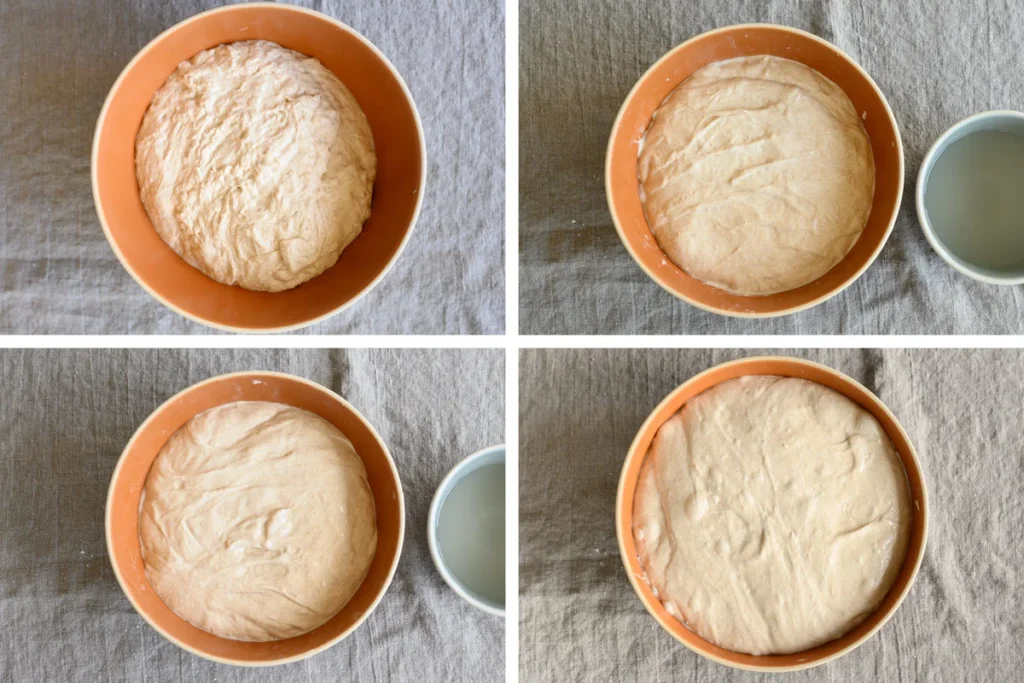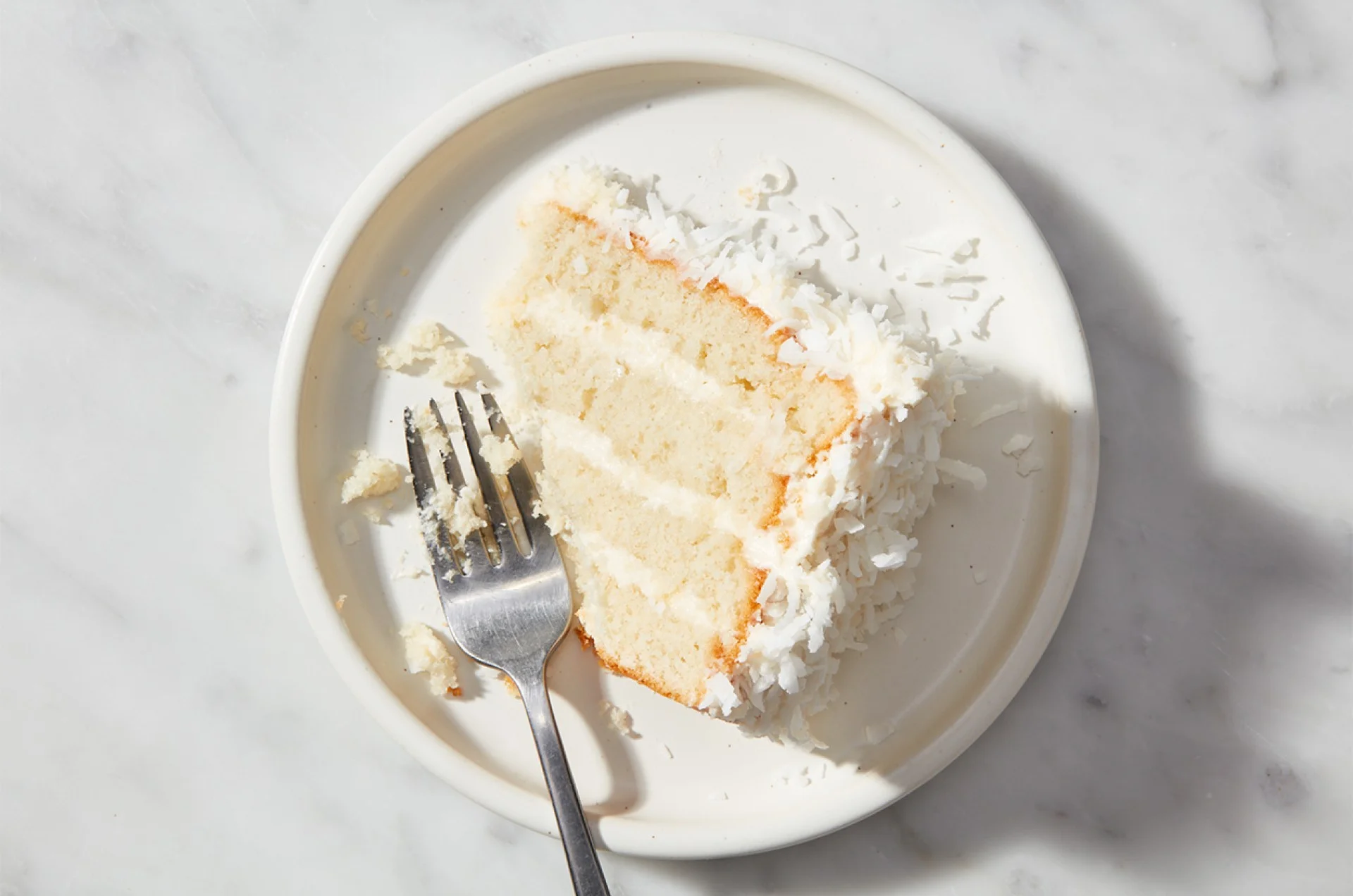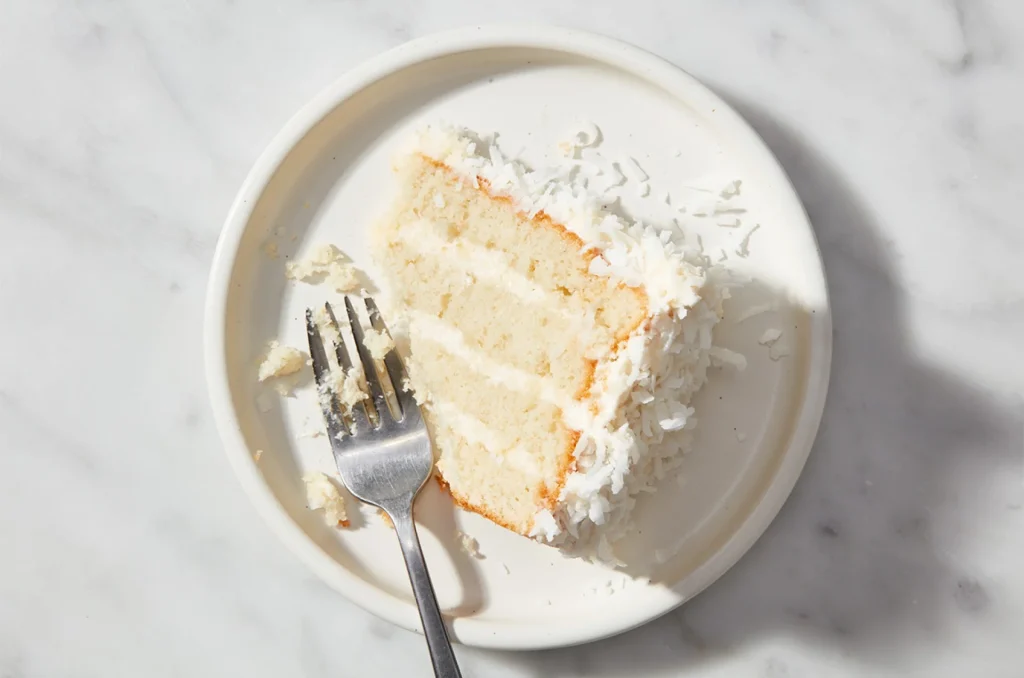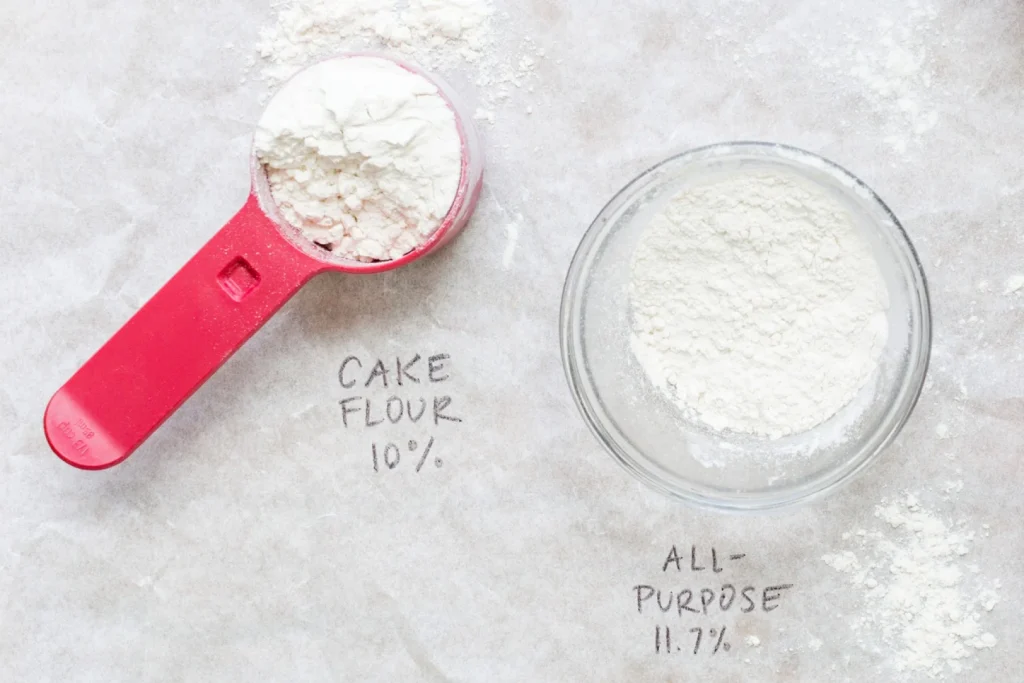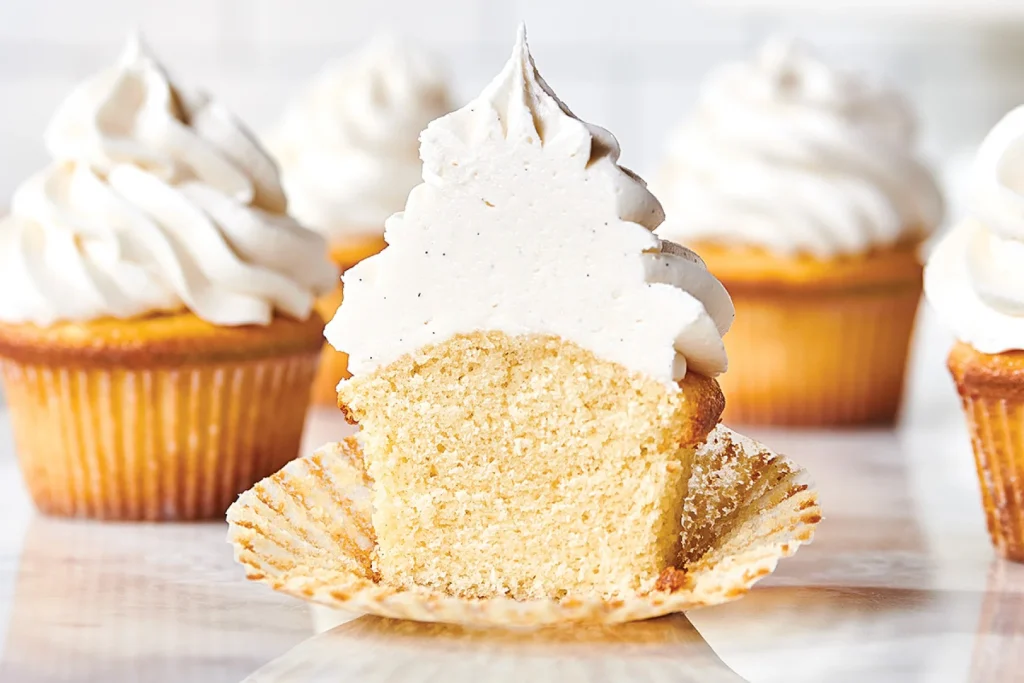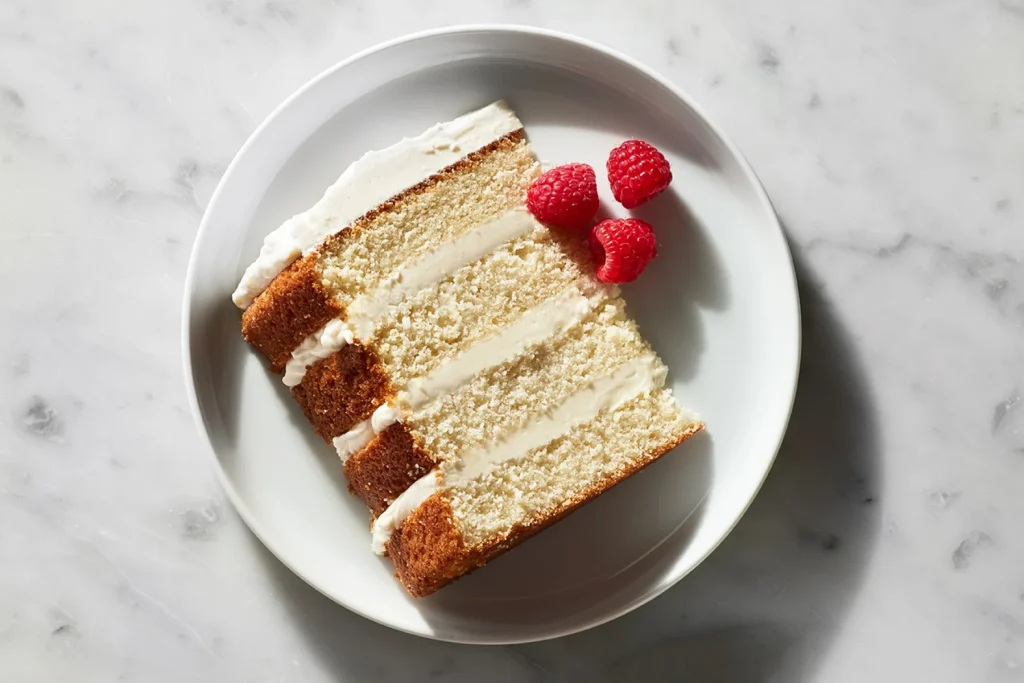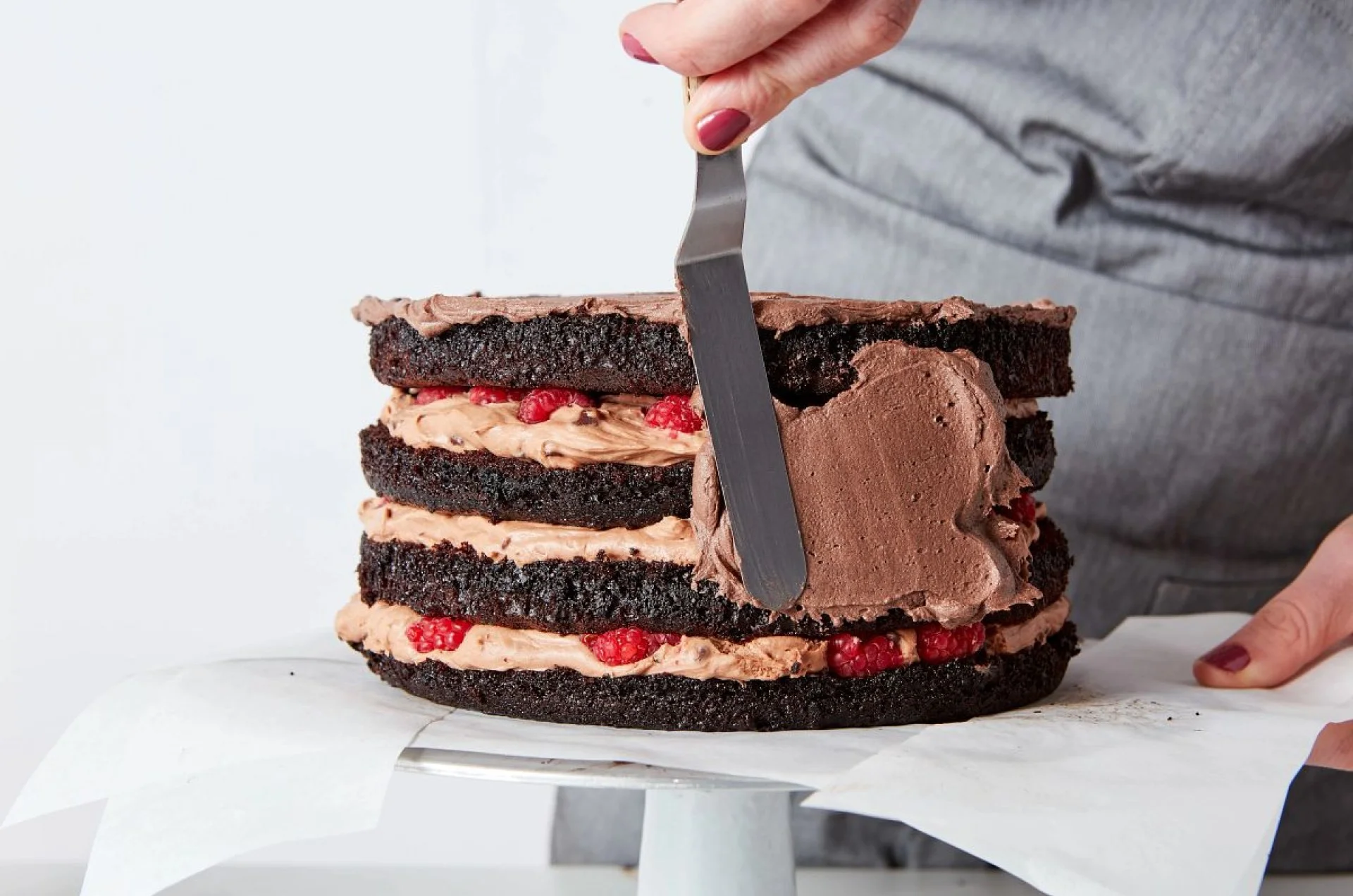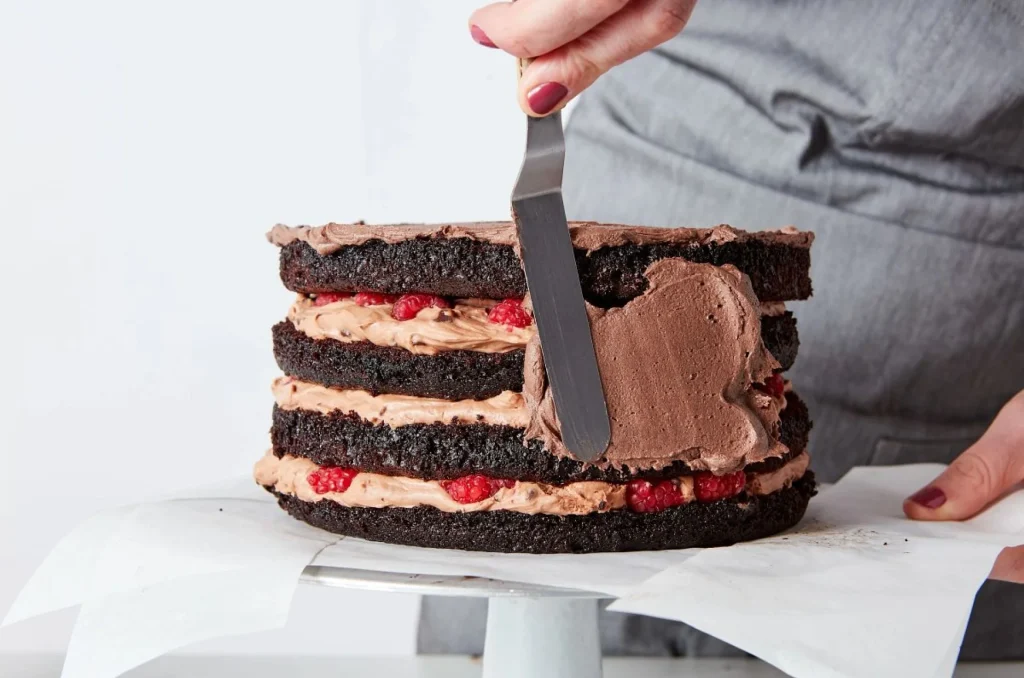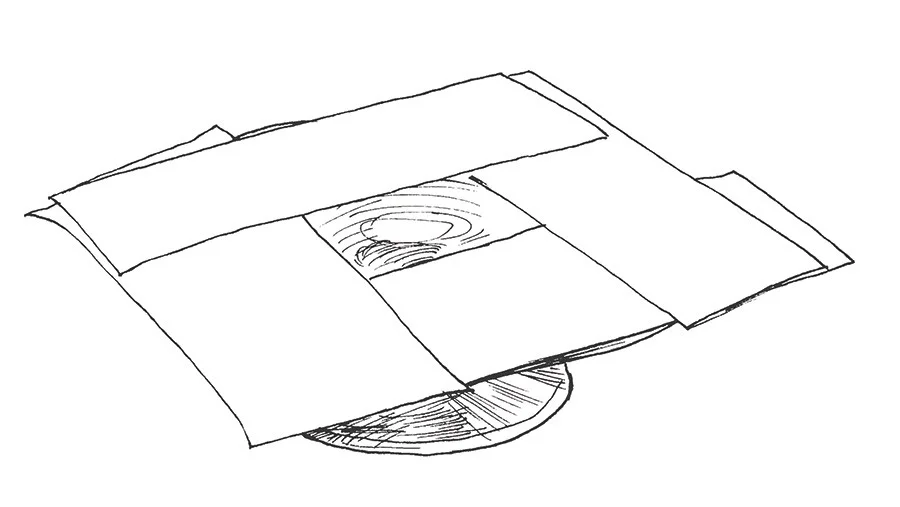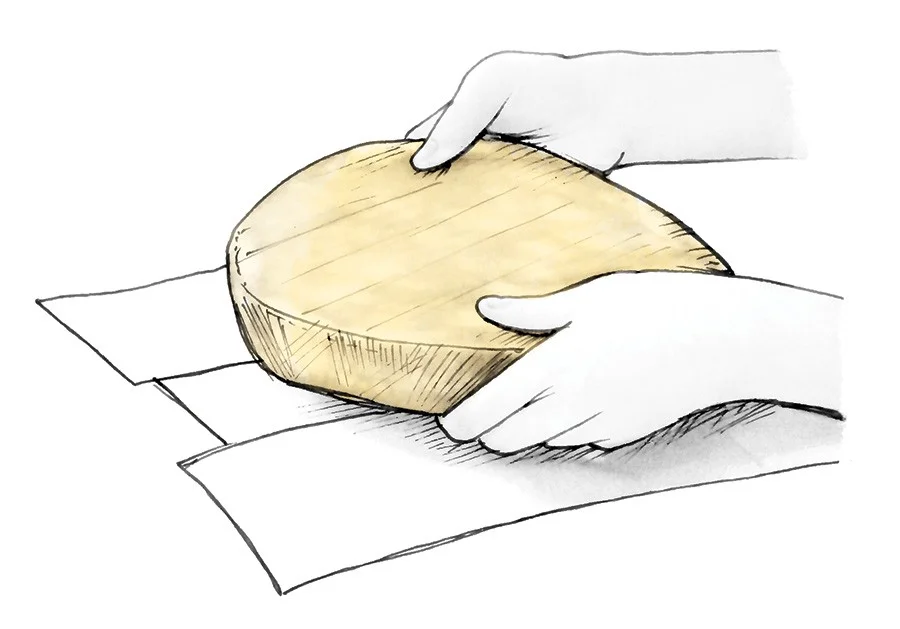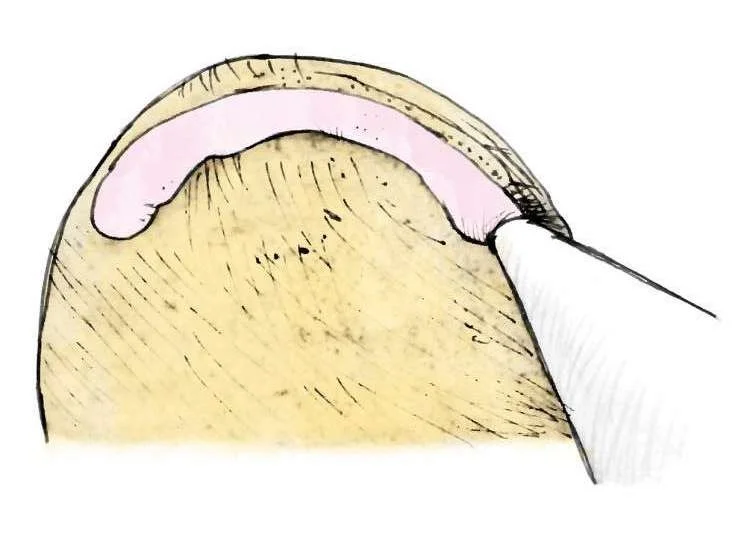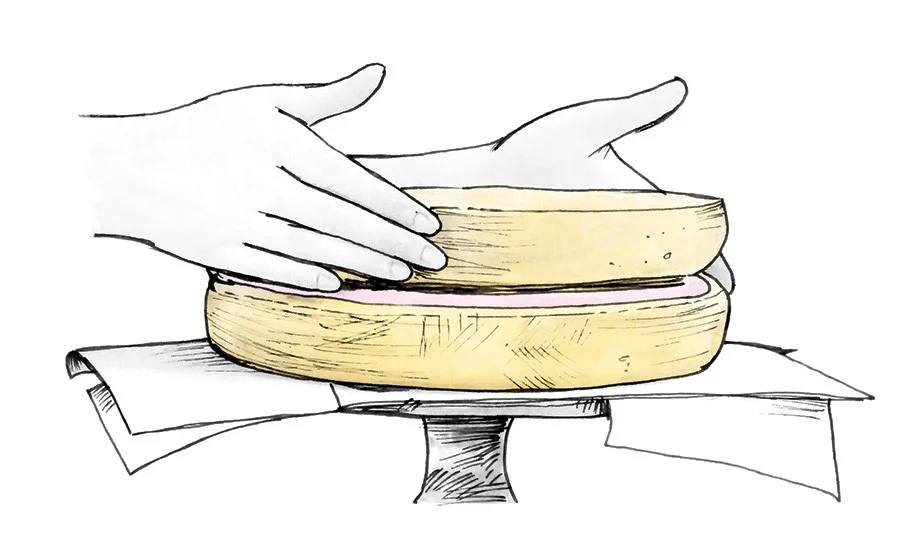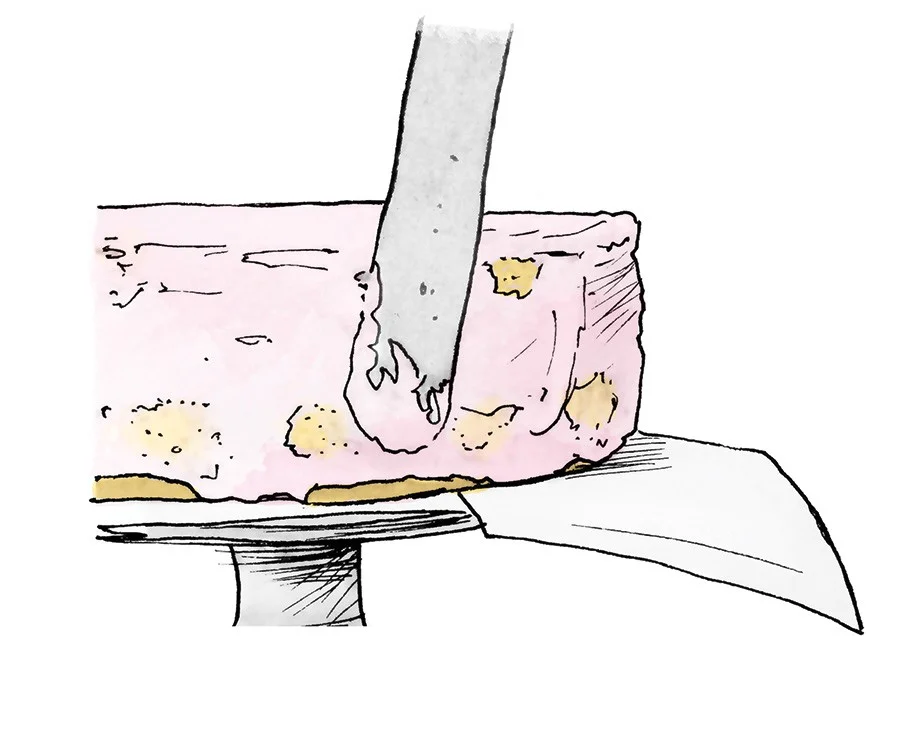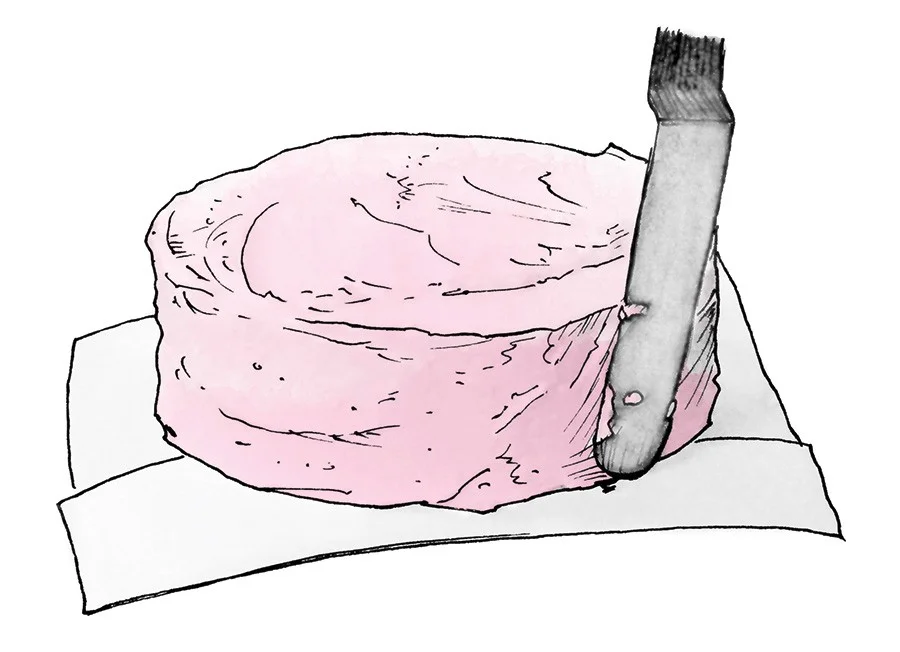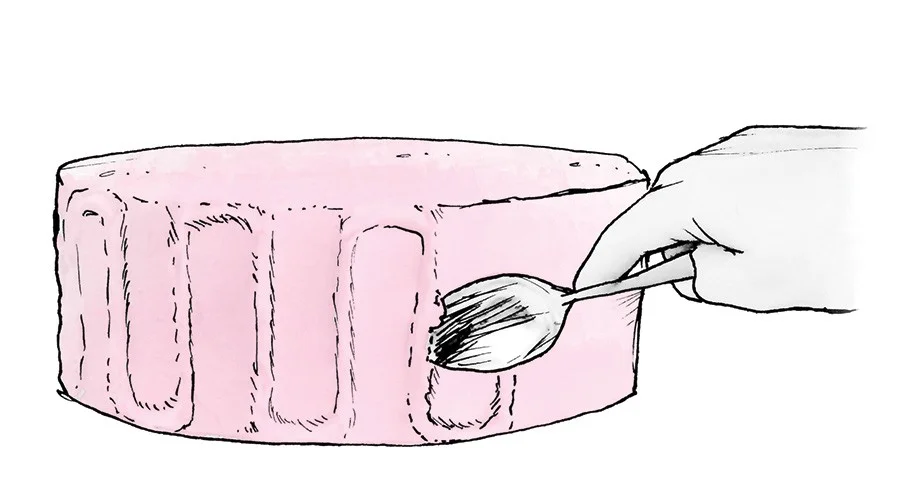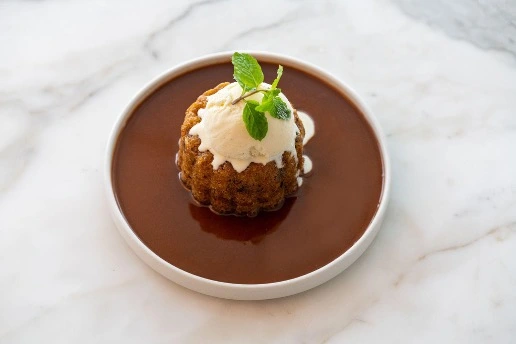
A Special Day for Chocolate
By: RedmanShop | July 7, 2025
Delicious Ways to Celebrate World Chocolate Day
It’s that special time of the year to celebrate World Chocolate Day, Singapore! At RedMan, we treat chocolate as more than just an ingredient, it’s one of the stars in many of our favourite recipes. Whether you like it dark and intense, smooth and creamy, or baked into a decadent treat, one thing is for sure: chocolate makes life better.
But World Chocolate Day isn’t just about indulging, it’s about celebrating chocolate in every part of life. From what you eat and share, to the memories you create along the way. Whether you’re discovering a new cafe, hosting friends for an event, or trying out new recipes, we’ve got the sweetest suggestions to make this day truly special.
Ready to celebrate? Let’s dive into all the ways you can make this day decadently chocolate-filled.
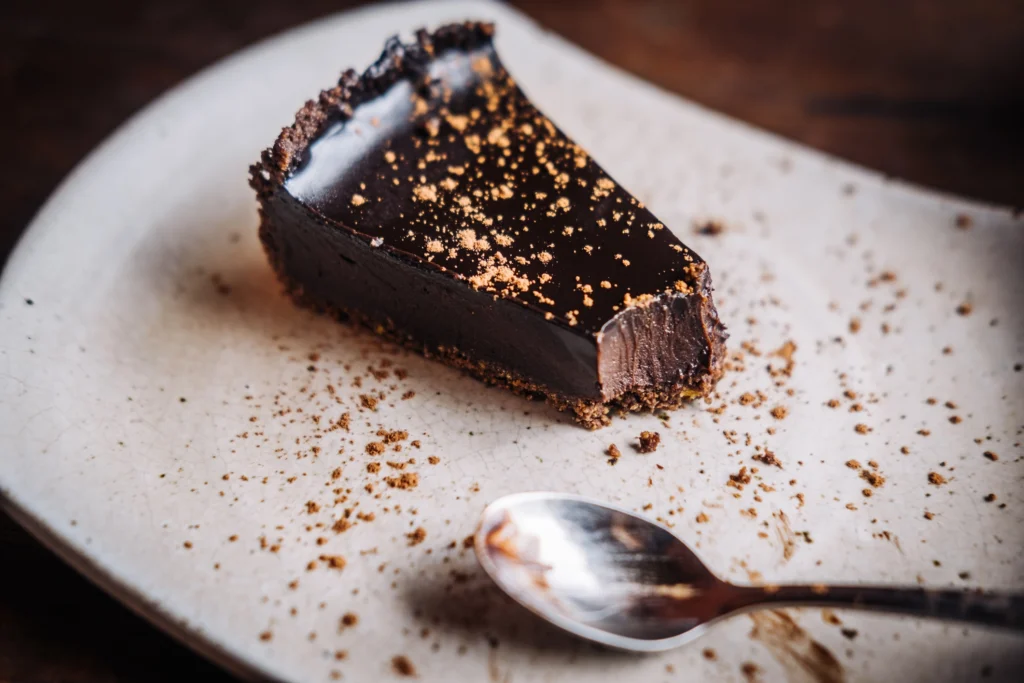
1. Go Café Hopping
If you’re ever looking for an excuse to cafe-hop with friends (or solo with a good book), World Chocolate Day is the perfect reason to indulge! Singapore’s dessert scene is packed with decadent chocolate creations, from gooey brownies to molten cakes and everything in between. Here are some must-visit dessert spots where chocolate takes centre stage:
PS.Cafe : Operating in multiple outlets across Singapore, this charming yet cosy cafe is the perfect spot to relax and indulge in your chocolate cravings!


Tiong Bahru Bakery : From their pain au chocolates to their chocolate éclairs, Tiong Bahru Bakery focuses on classic French pastries to suit your taste buds


Henri Charpentier : Bringing exquisite culinary artistry to Singapore since 2014, be sure to order their flavourful ocakes for some chocolate indulgence!


Also, be on the lookout for special promos or limited-edition treats cafés run specifically for World Chocolate Day! You might just discover a new favourite local dessert spot!
2. Host a Chocolate-Themed Afternoon Tea
Whether you’re feeling celebratory, stressed or just craving a snack: chocolate has a way of making everything better. It’s rich, indulgent and guaranteed to earn bonus points with whoever you’re sharing it with. So, why not give your afternoon tea a delicious twist this World Chocolate Day? Invite your friends or gather your family and host a little at-home chocolate-themed tea party! Think traditional English tea… but with way more cocoa.
Need inspiration? Swap scones for brownies, use cocoa butter in place of jam, and serve iced chocolate or mochas instead of tea. Add some charm with chocolate-themed touches like brown napkins, cocoa bean place cards, or even gold foil accents for that fancy café vibe. The possibilities are endless! Hosting something like this doesn’t just make the celebration special, it creates special moments. Not only will your guests leave full and happy, but it’s a very sweet way to break the midweek slump!
3. Chocolate-Themed Movie Night
Are you already full from your afternoon spread? Or maybe you’ve got some extra brownies from earlier? Good. Now it’s time to sink into the sofa, turn the lights down and keep the celebration going with a chocolate-themed movie night! Whether you’re watching with family, your besties or just enjoying some solo time, this is the perfect way to wrap up your World Chocolate Day.
Set up your “cinematic experience” with plush pillows, fluffy blankets and your favourite chocolate treats. To avoid a doom-scrolling session on Netflix, here are some of our favourite food-related or chocolatey classics to set the mood: Charlie and the Chocolate Factory (2005), Matilda (1996), Ratatouille (2007), or Chef (2014)!
Now you’ve everything set up, simply sit back and enjoy. You deserve the break (and the sugar rush)!
4. Bake Something Delicious
As we’ve discovered, World Chocolate Day isn’t just about buying dessert, it’s about celebrating it. And what better way than baking something at home? Whether you’re whipping up cookies with your kids or simply treating yourself after work, we’ve rounded up five chocolate-based recipes that are delicious, exciting, and perfect for any baking mood. Let’s get whisking!
Double Chocolate Zucchini Bread : Yes, you read that right. Zucchini. But trust us, this will only elevate the flavours of the bread! This moist, rich loaf is packed with cocoa, chocolate chips and to make you feel like it counts as a health food. Great to serve with a spread of butter or sugar! Get the recipe !
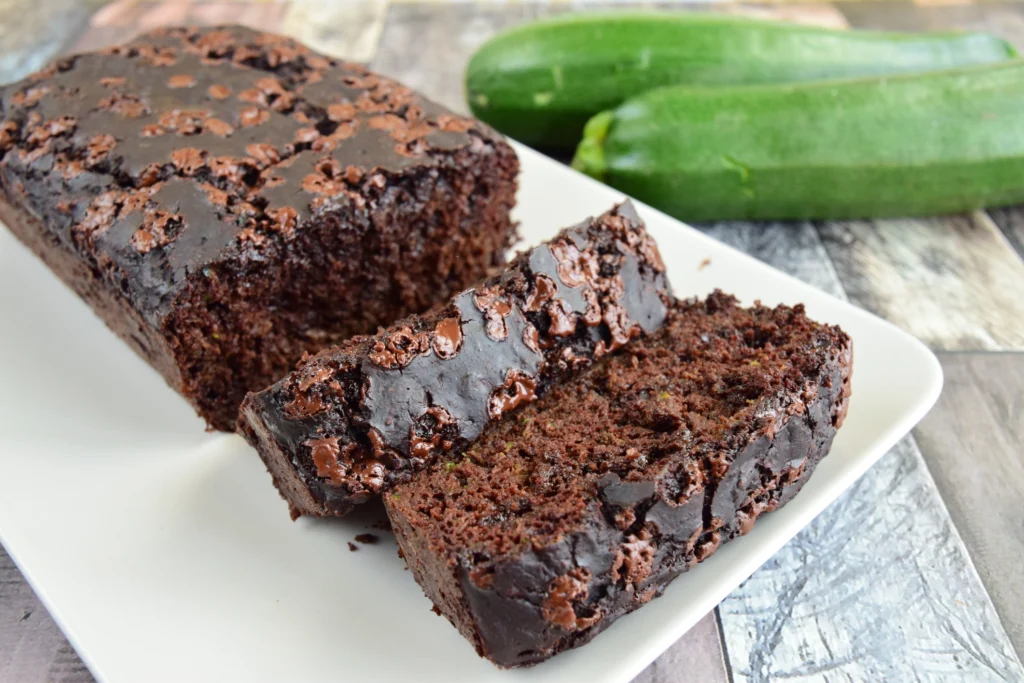
Flourless Chocolate Cake : Gluten-free and undeniably fudgy, this cake is dense, decedent and perfect for chocolate lovers! The absence of flour means extra richness, and when topped with whipped cream or cocoa powder, it’s naturally worthy. Give it a go! Get the recipe !

No-Bake Chocolate Oatmeal Cookies : If you’ve got a sweet tooth but no time (or an oven), these chewy, cocoa-loaded cookies are the perfect answer! Made with oats and plenty of cocoa, these cookies are quick, kid-friendly and perfect for gifting or snacking straight from the fridge. Get the recipe !
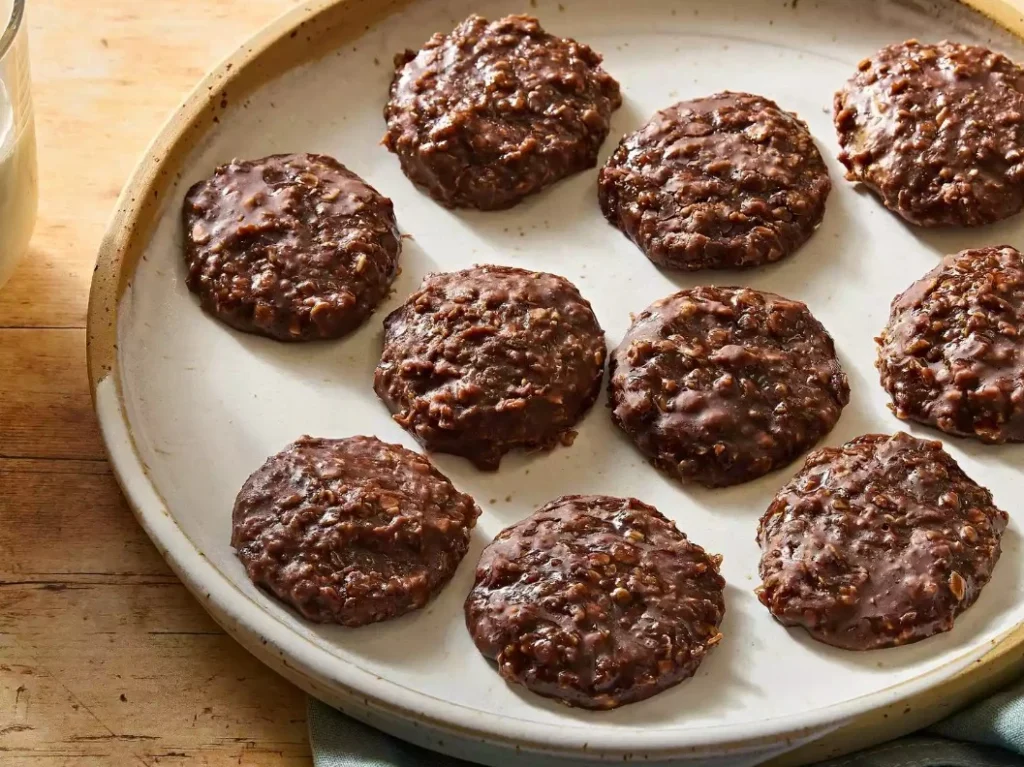
Smores Chocolate Mousse : With perfectly layered chocolate mousse, crushed graham crackers, and toasted marshmallows, this dessert delivers pure comfort in every bite. Eat it messily or erve it in small glasses for that extra café-style flair. Get the recipe !

Summer Iced Chocolate Drink : Who says you have to eat your chocolate? This iced chocolate is your go-to refreshment to face our hot, Singaporean heat! Perfect for brunches, picnics, or sipping alone… This is a simple and cooling concoction for all! Get the recipe !
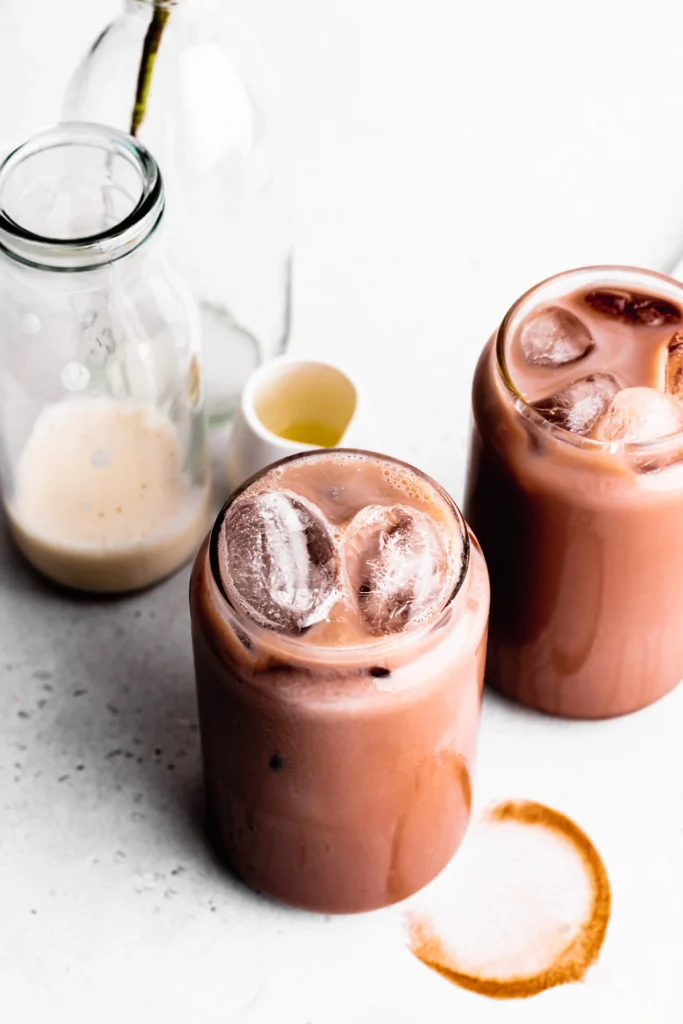
Whether you’re celebrating solo, with friends, or making memories in the kitchen with family, we hope our suggestions heighten your celebration this World Chocolate Day!
Want to bake something delicious from our classes or looking for inspiration for your next chocolate dessert? Head over to our Instagram and tag us @phoonhuat to share your sweet creations! Don’t forget to use the hashtag #phoonhuat on Facebook, Instagram, and TikTok so we can cheer you on! RedMan Singapore is always welcoming new baking enthusiasts into our community so hop onto our social media pages and let’s support each other!
